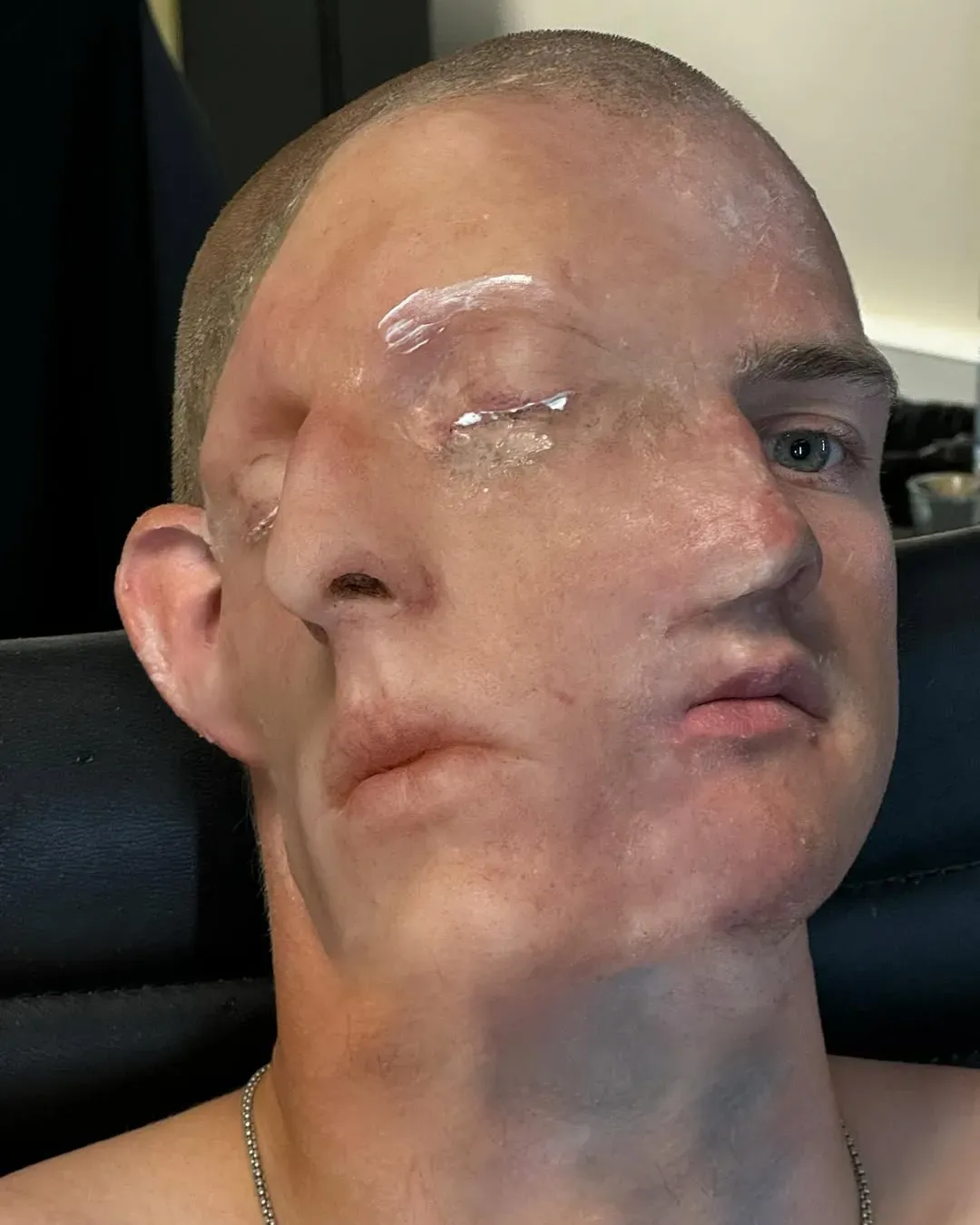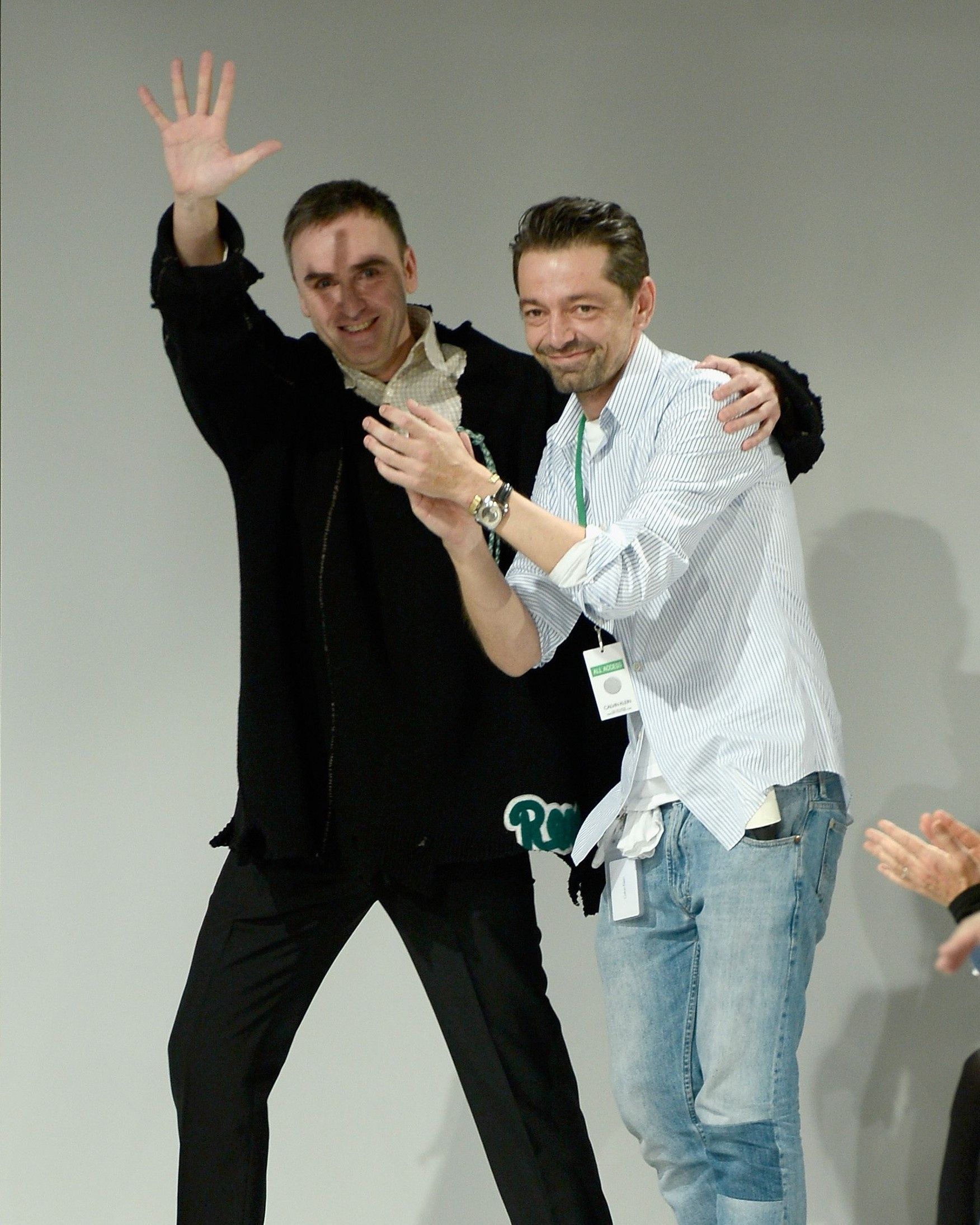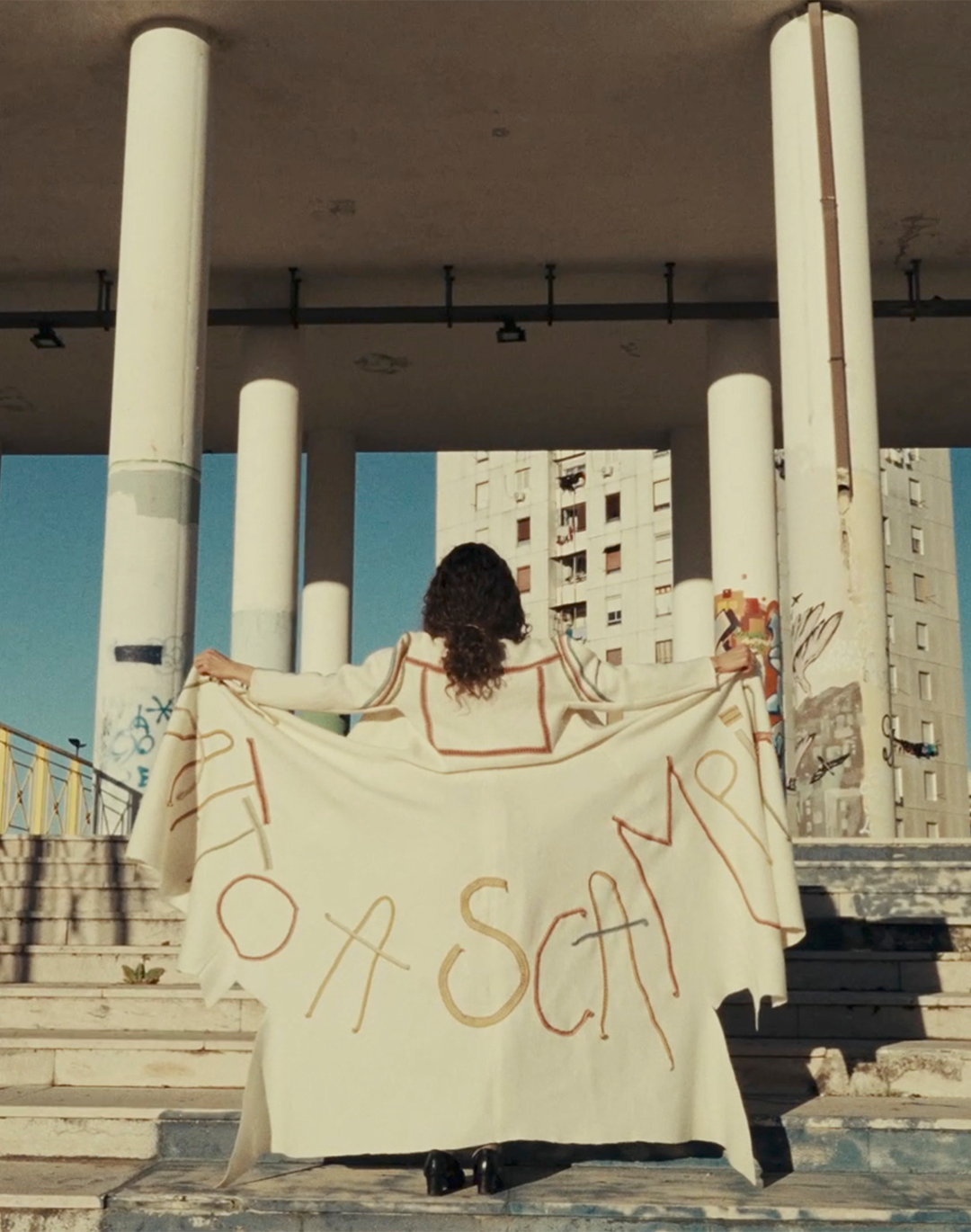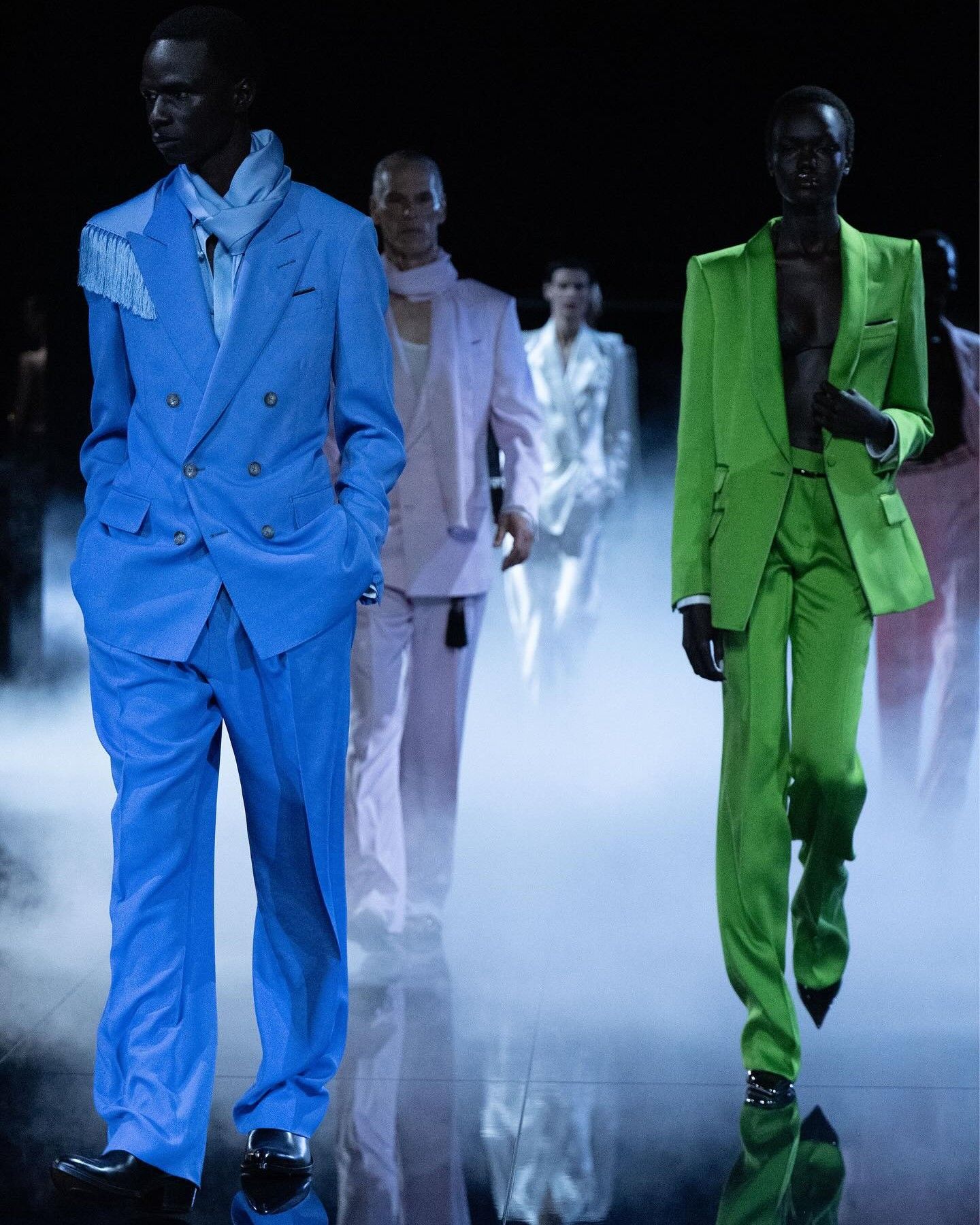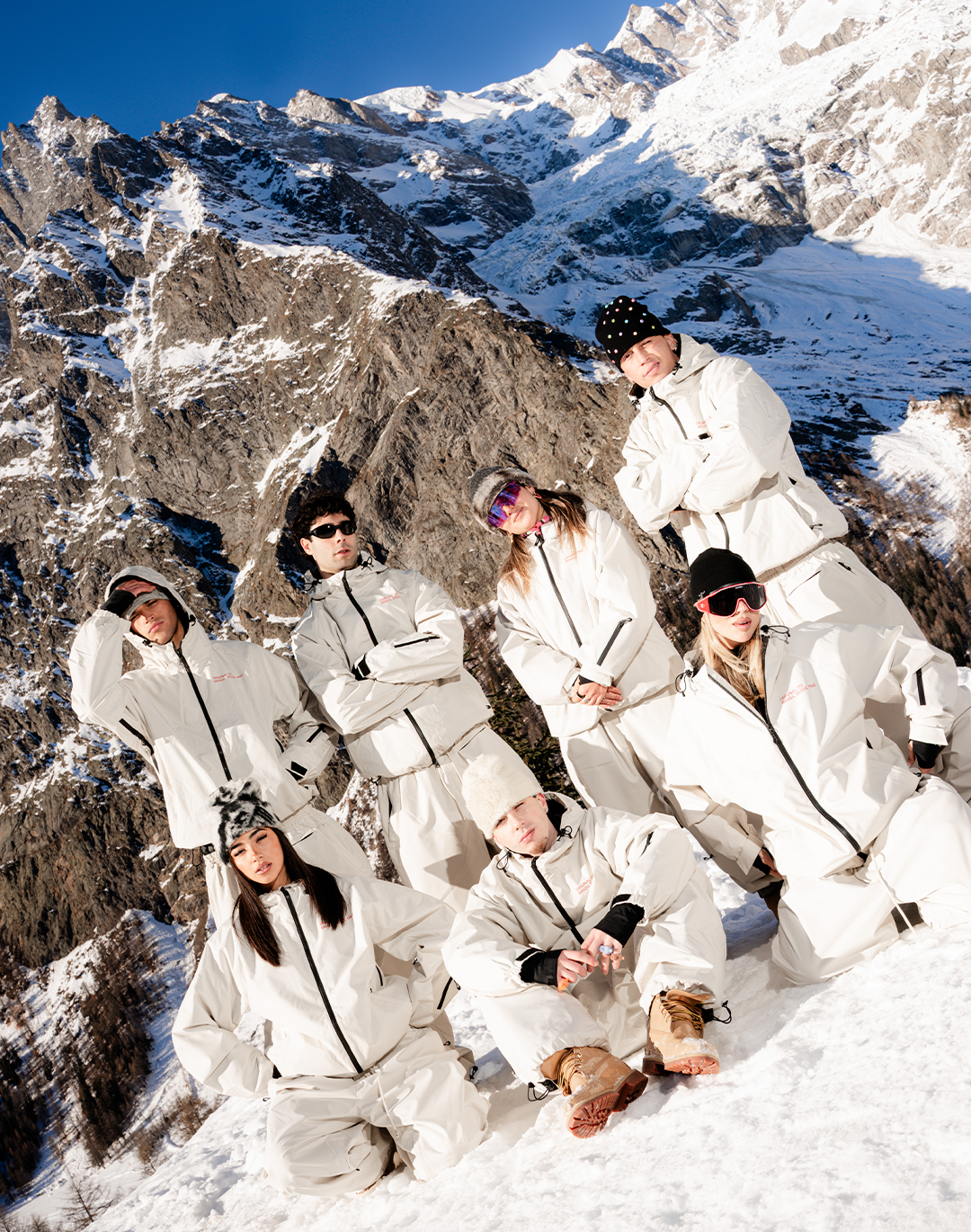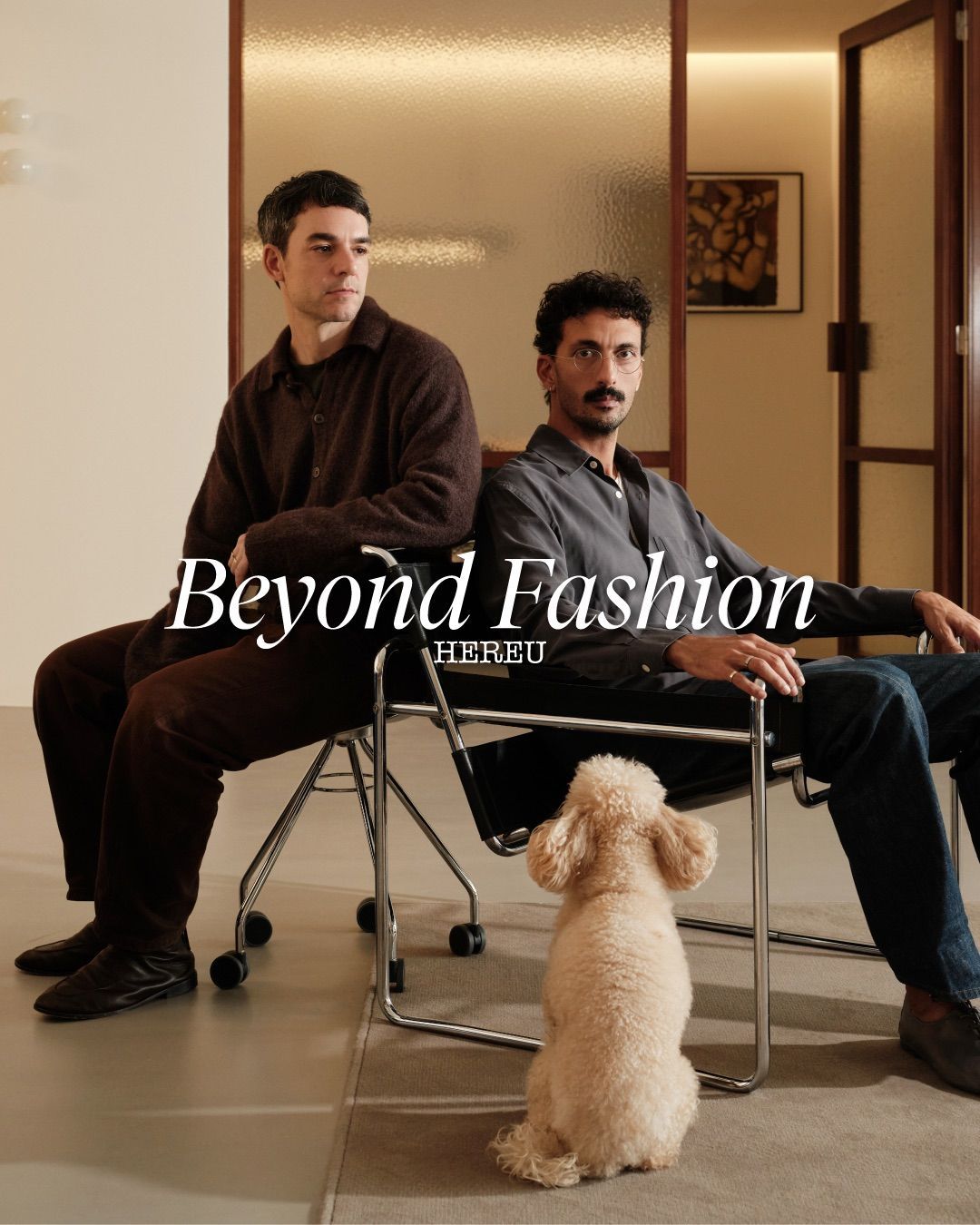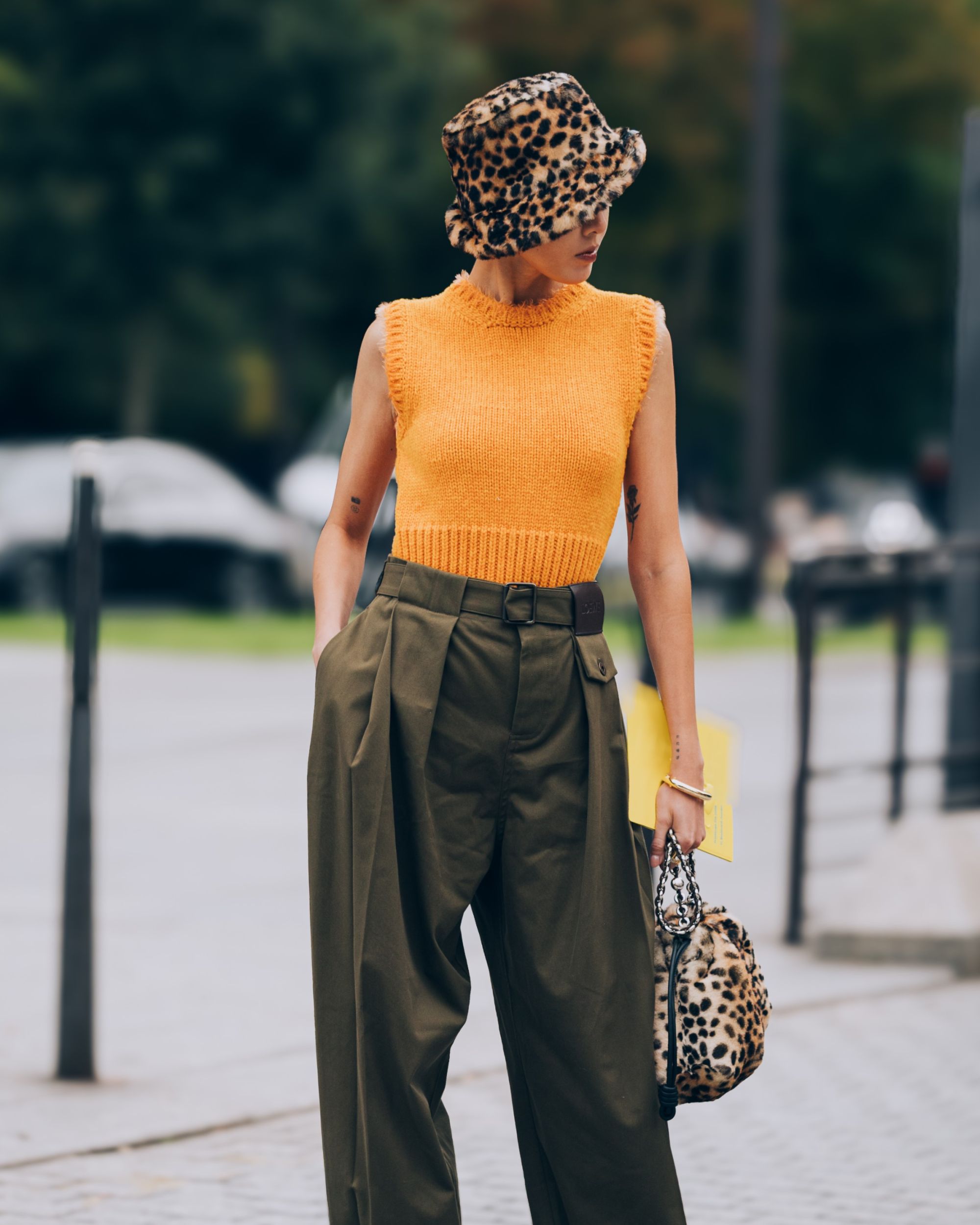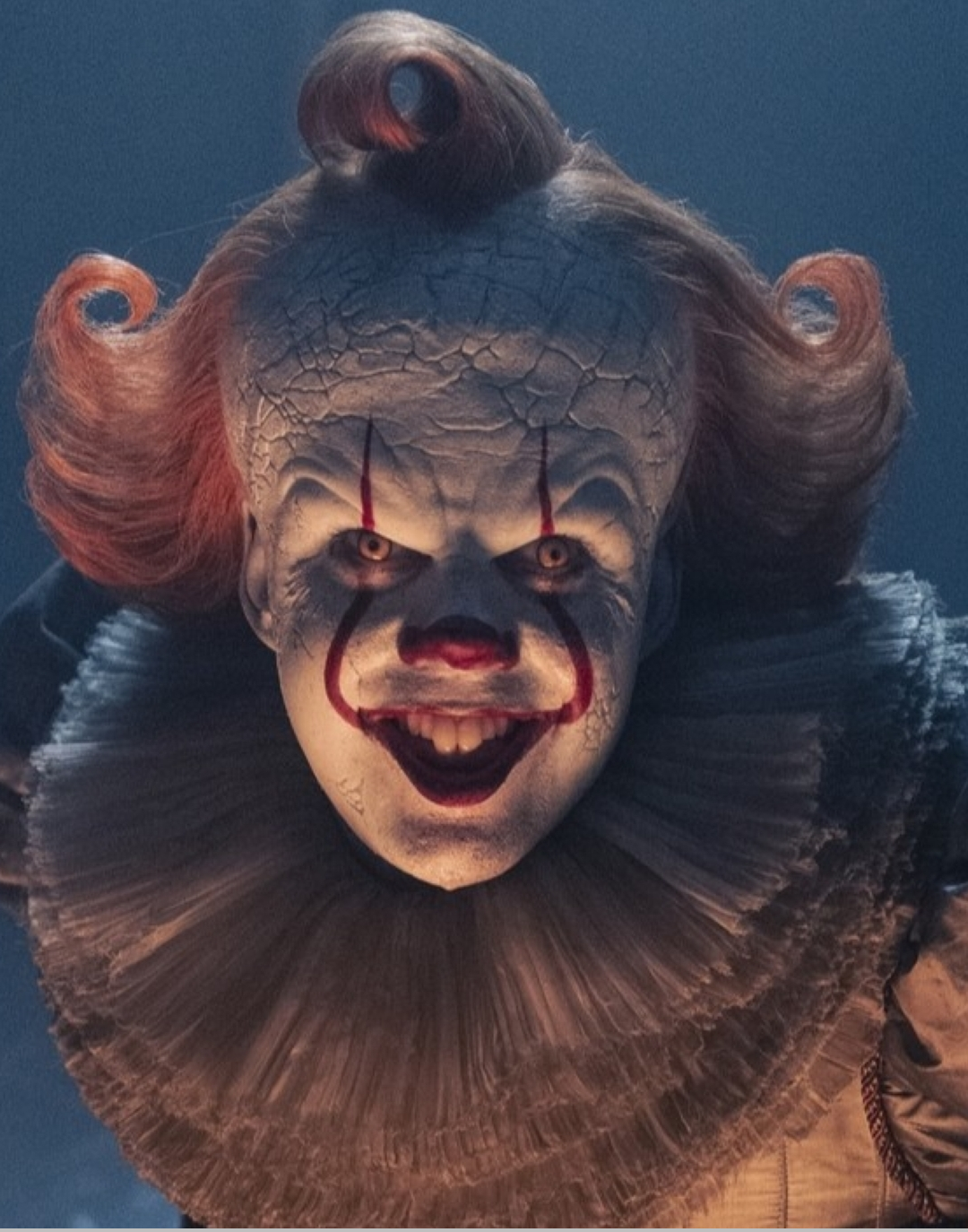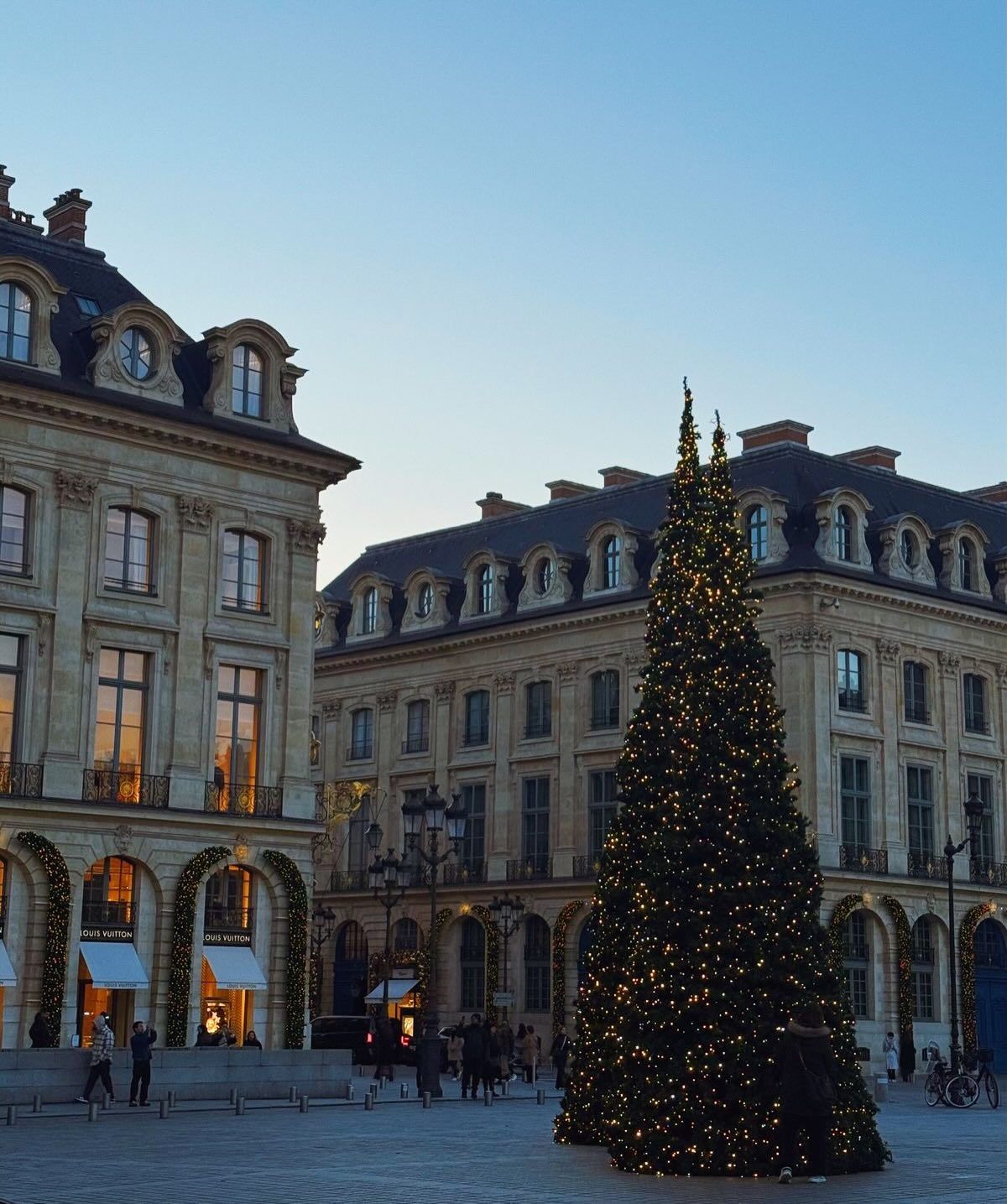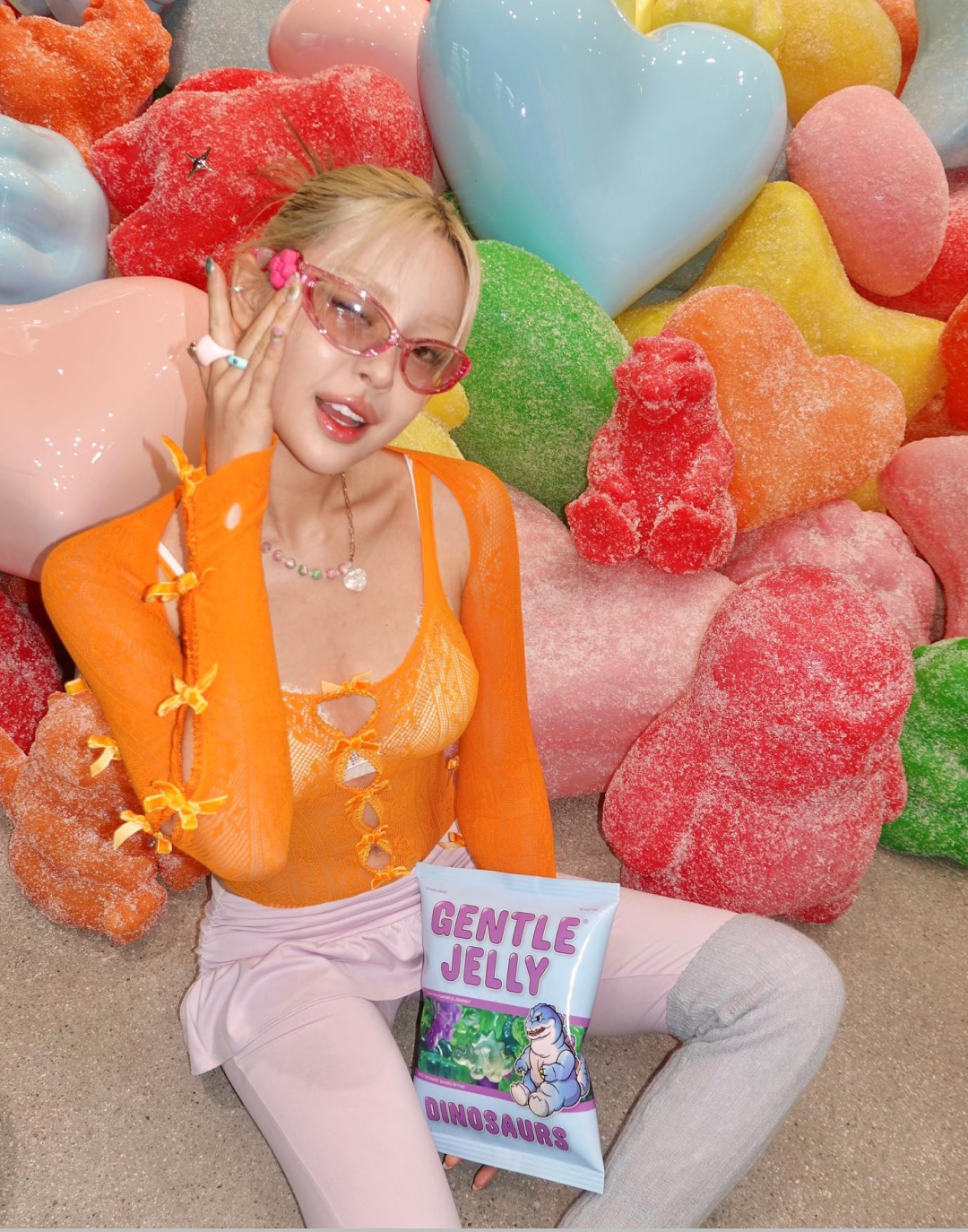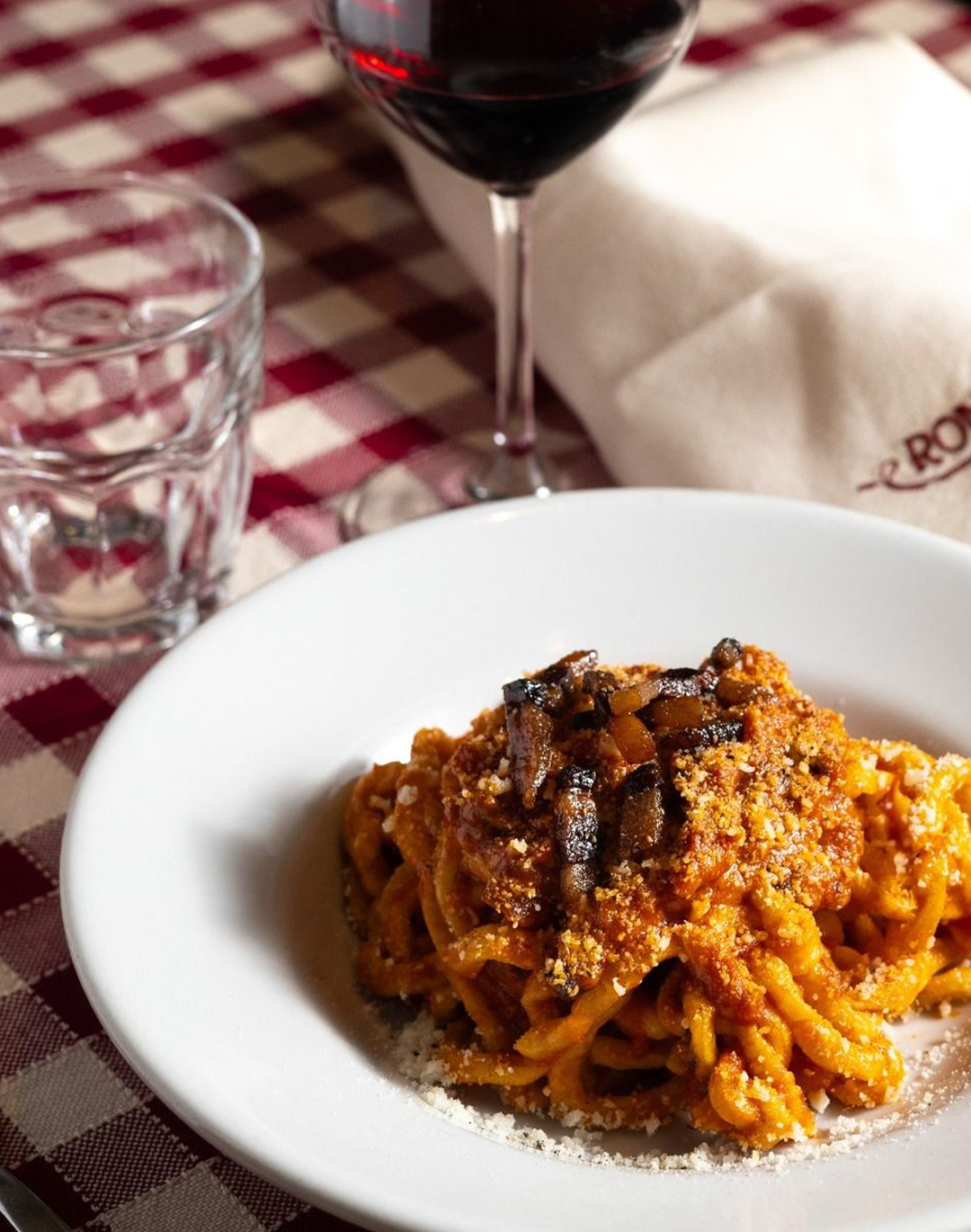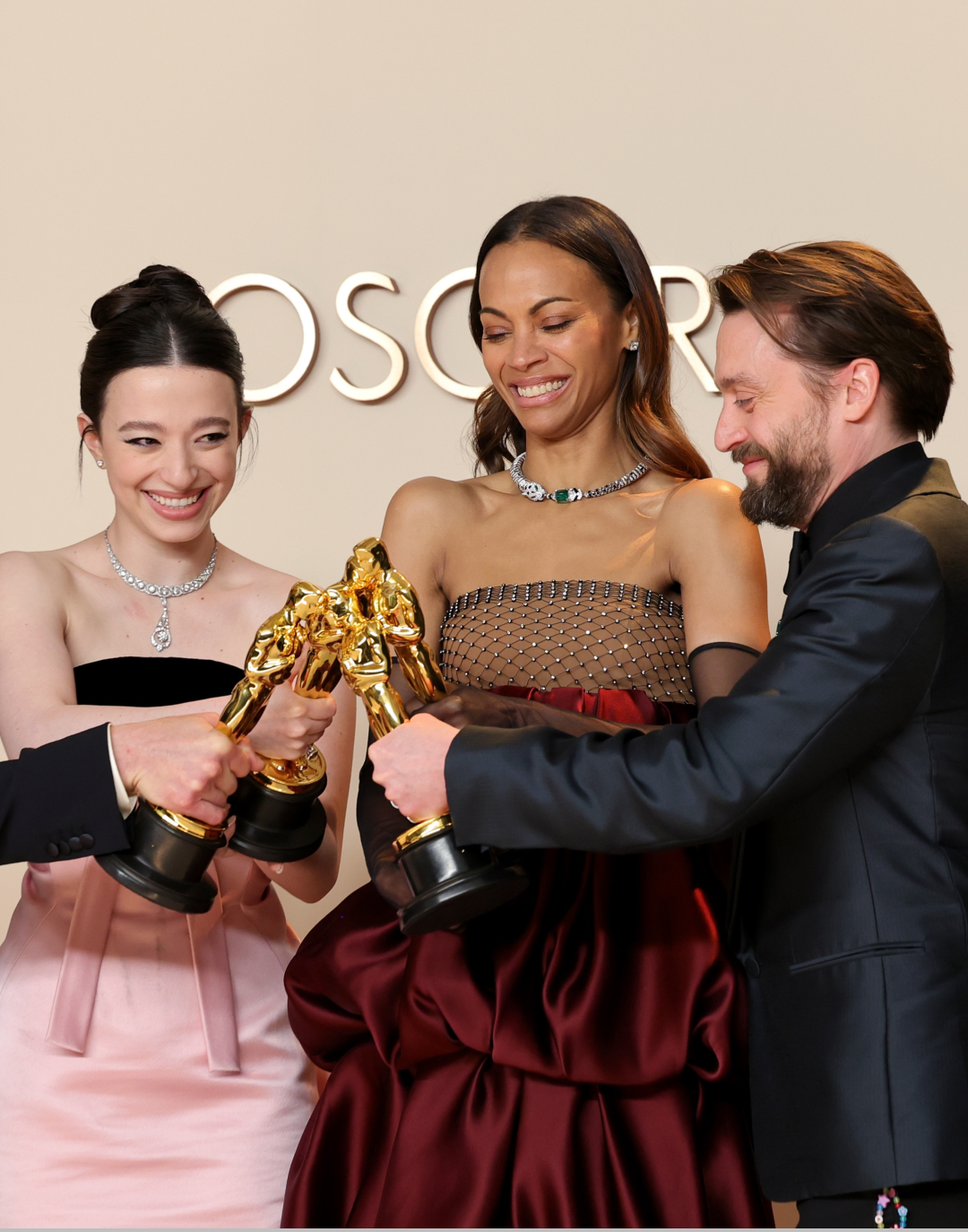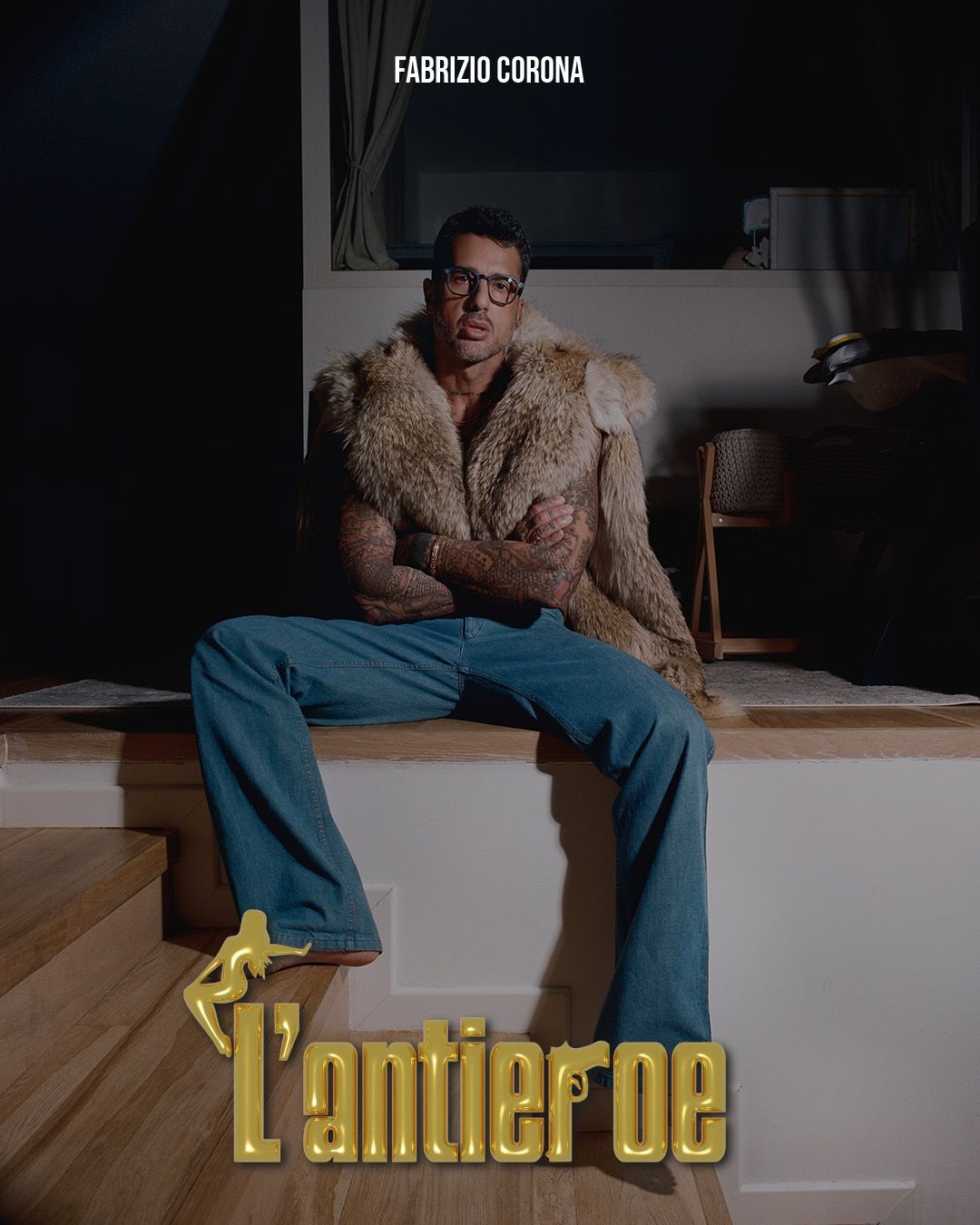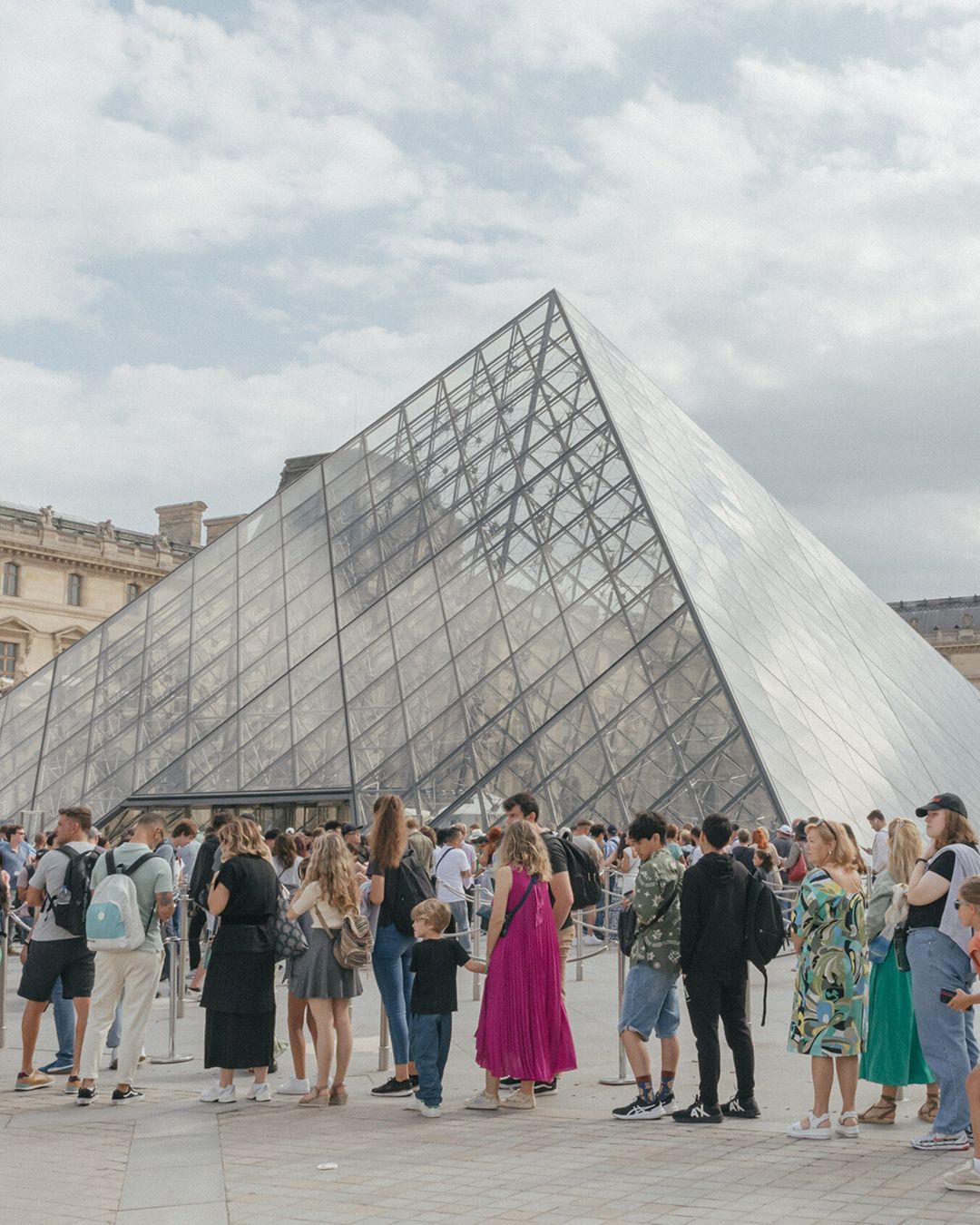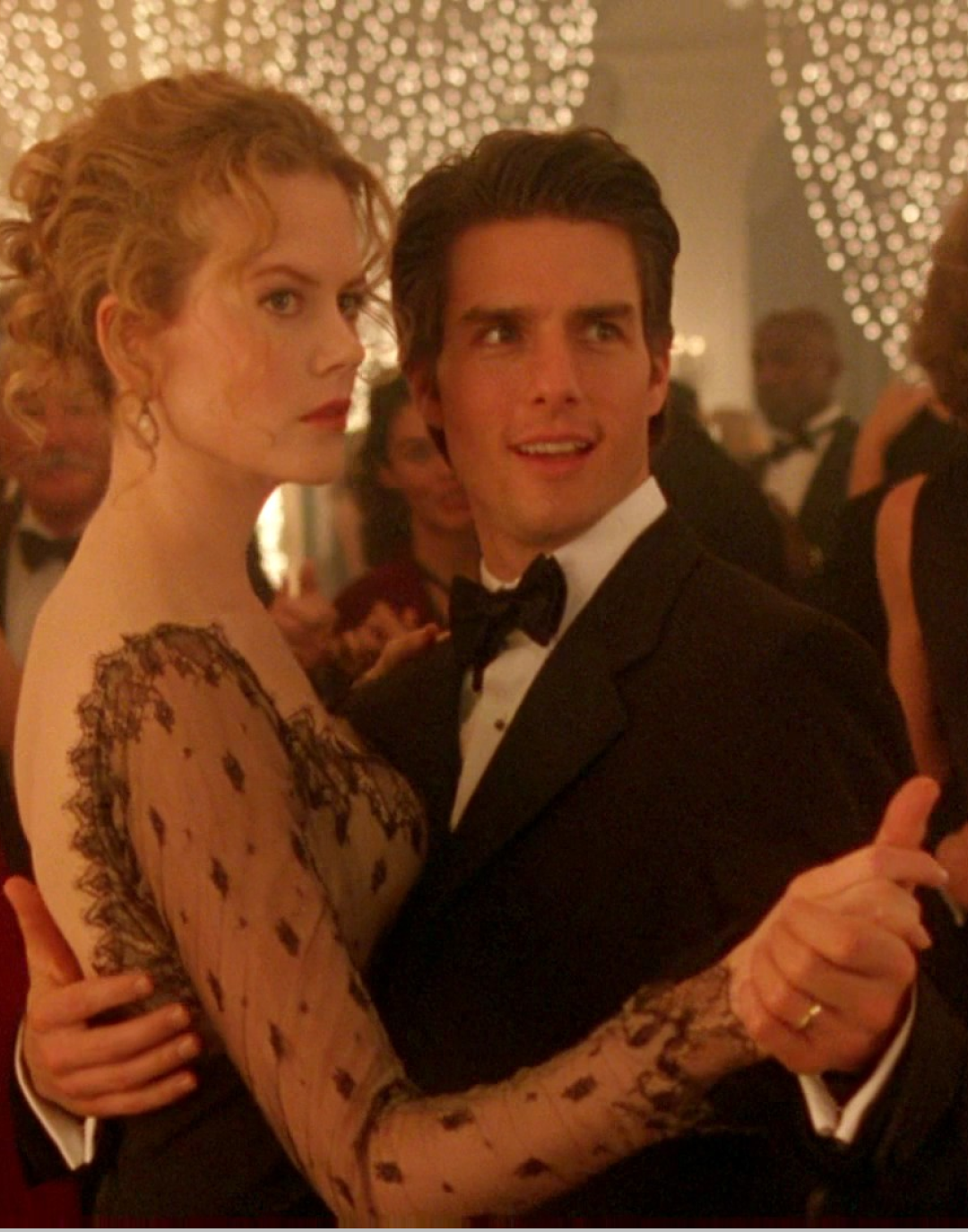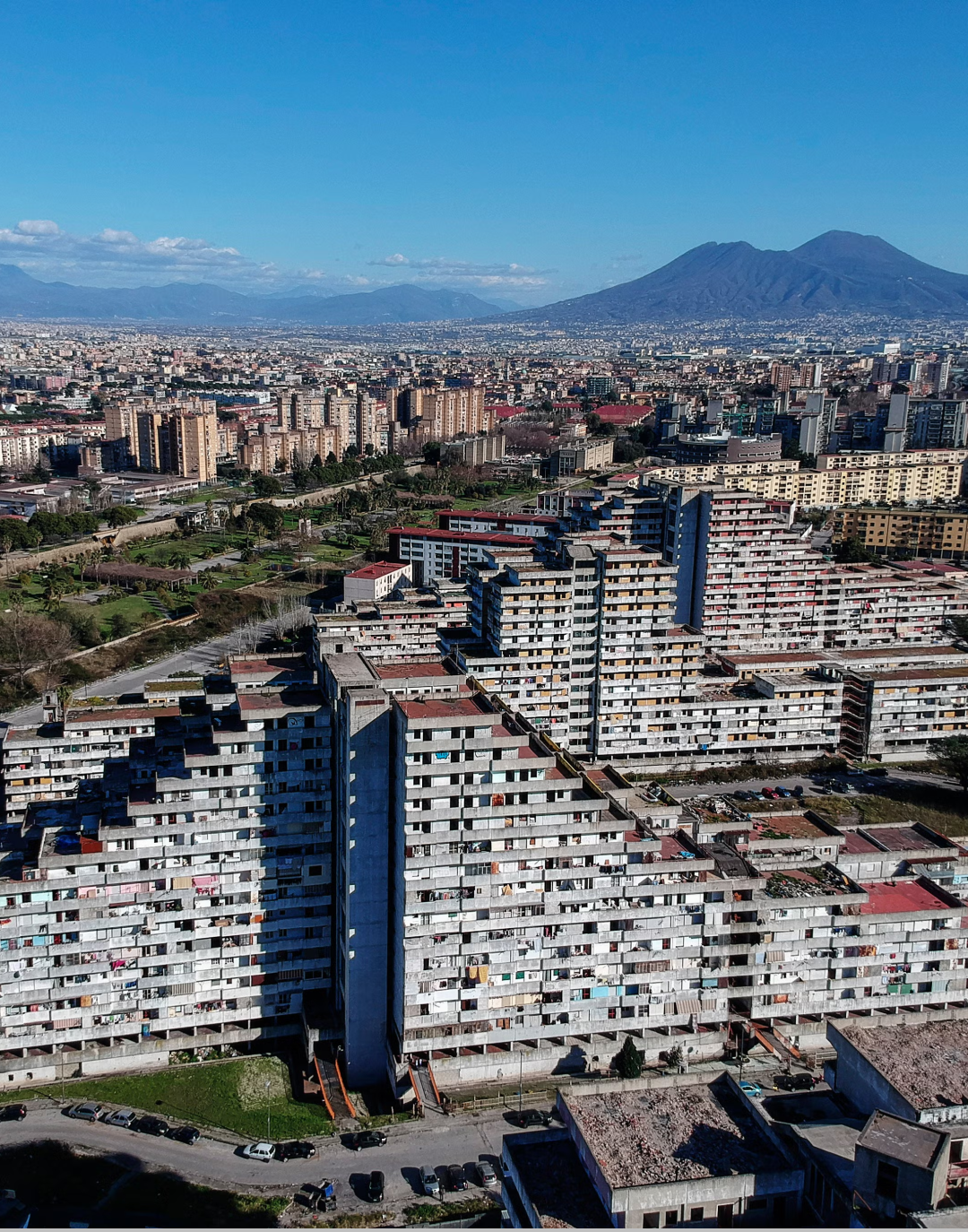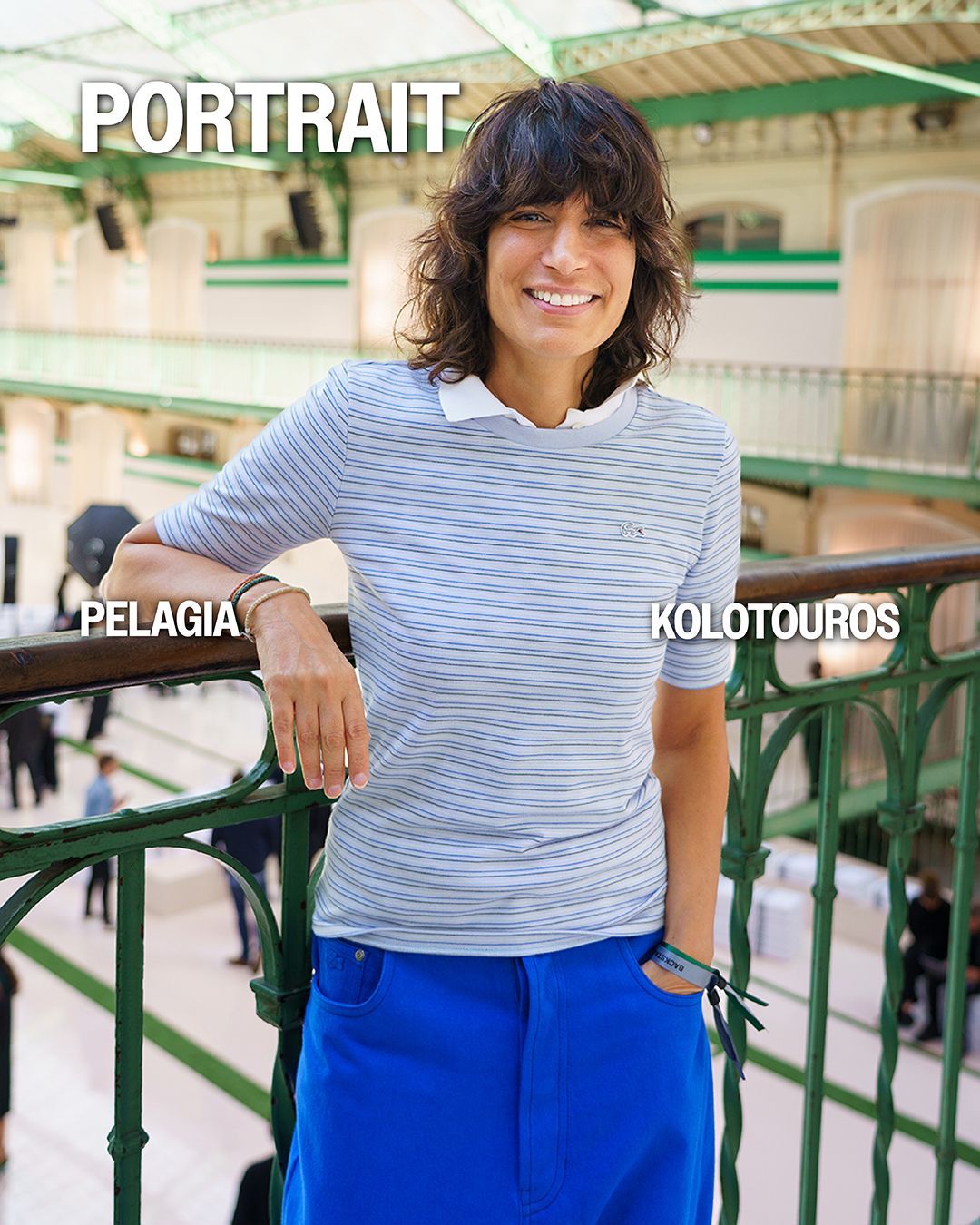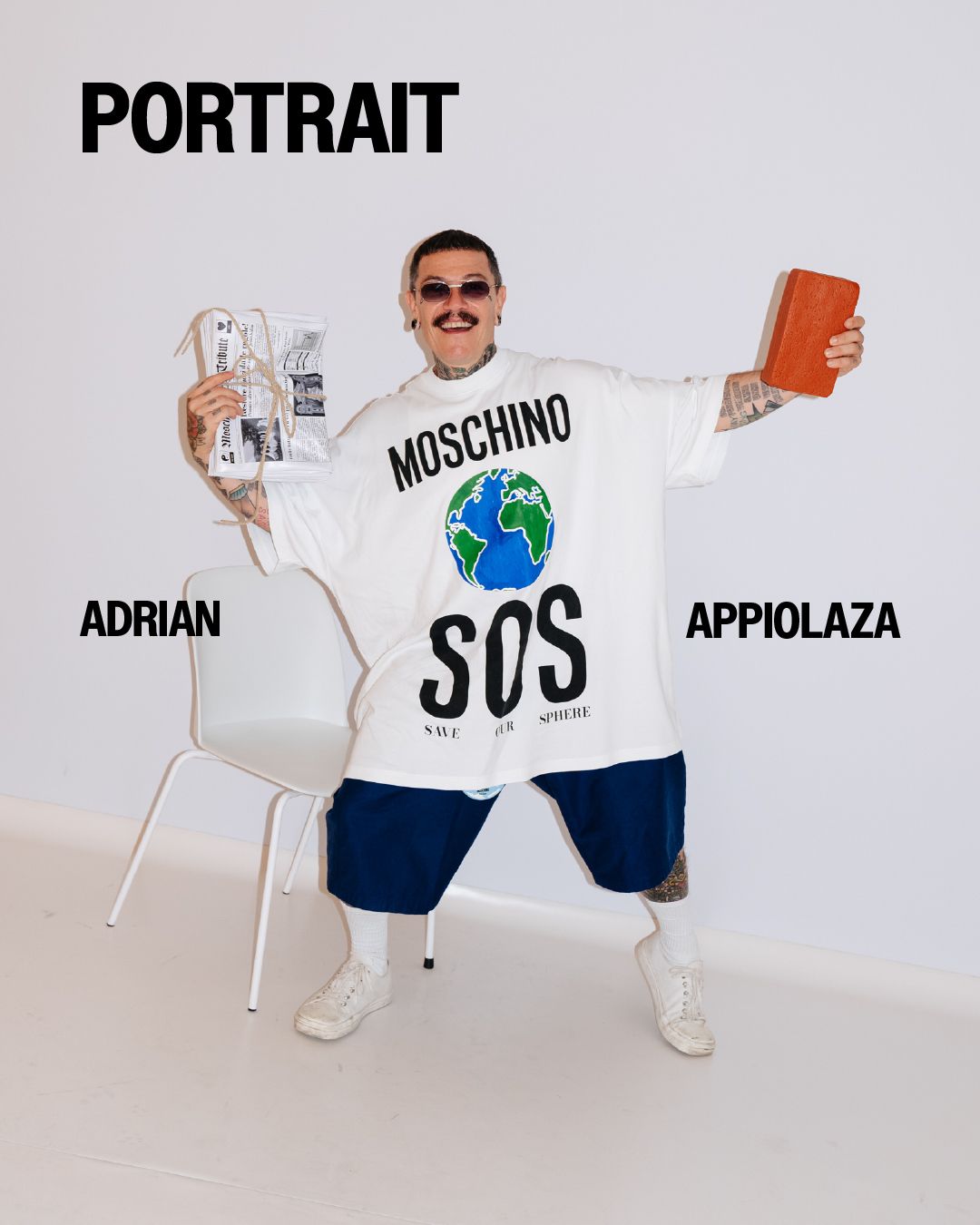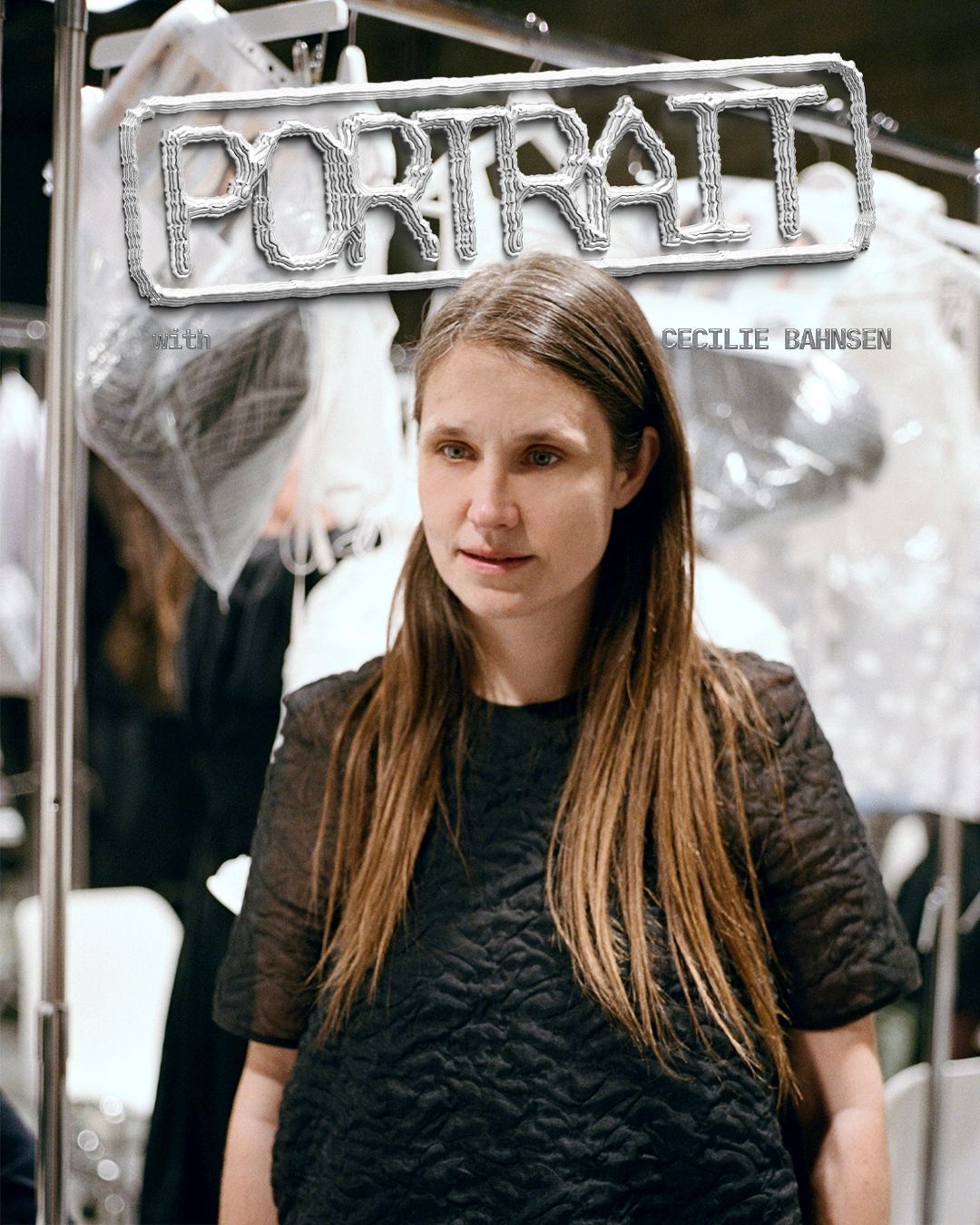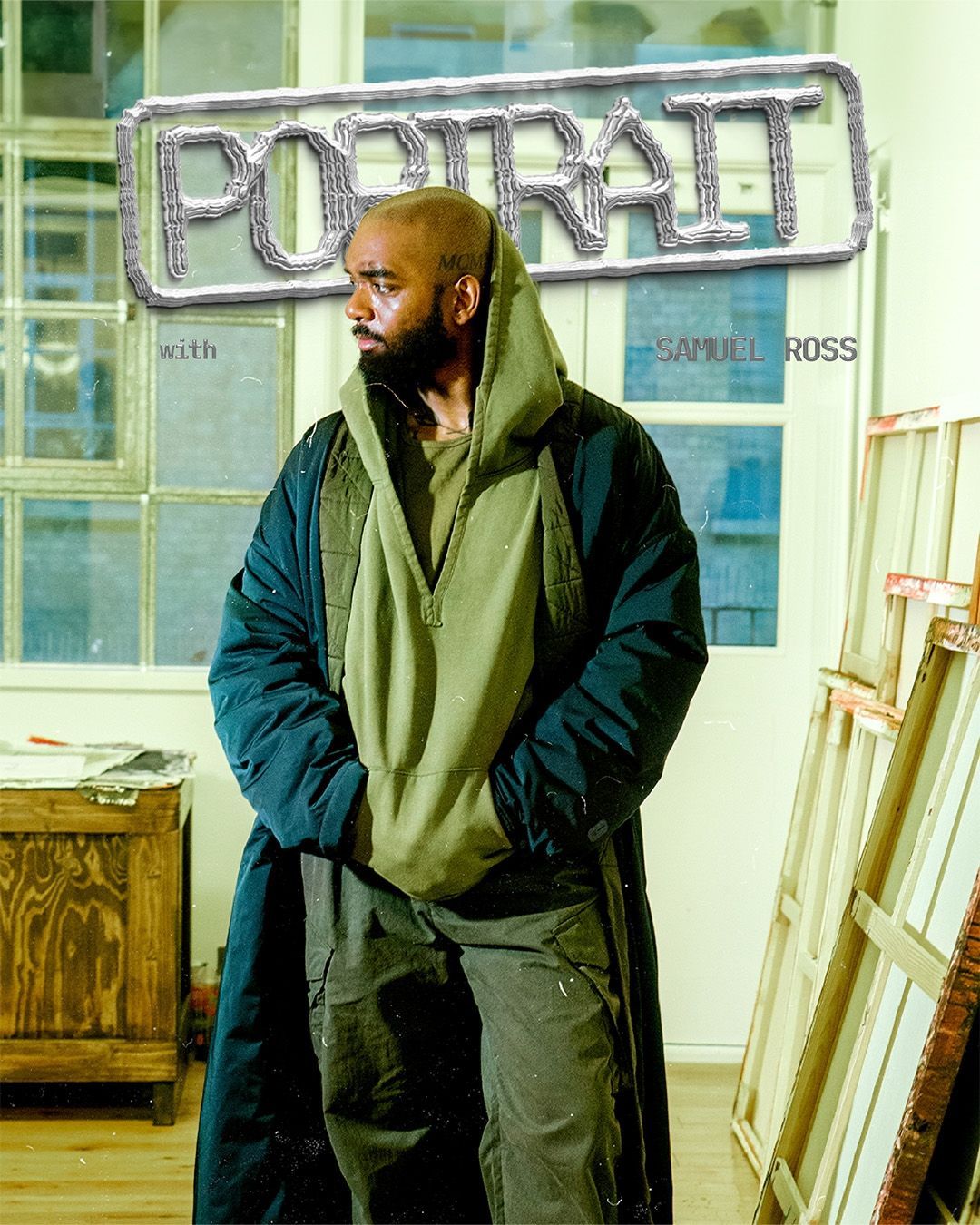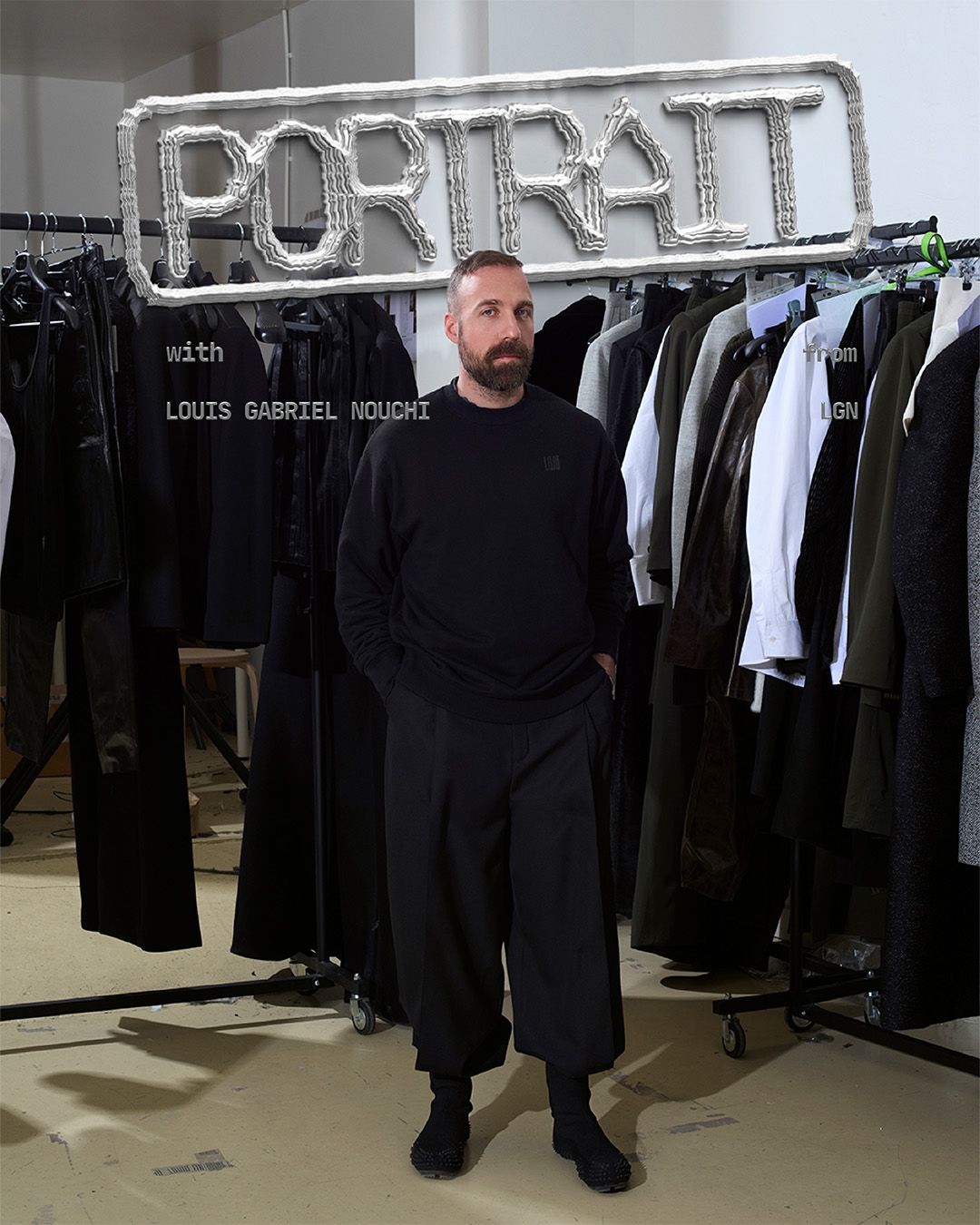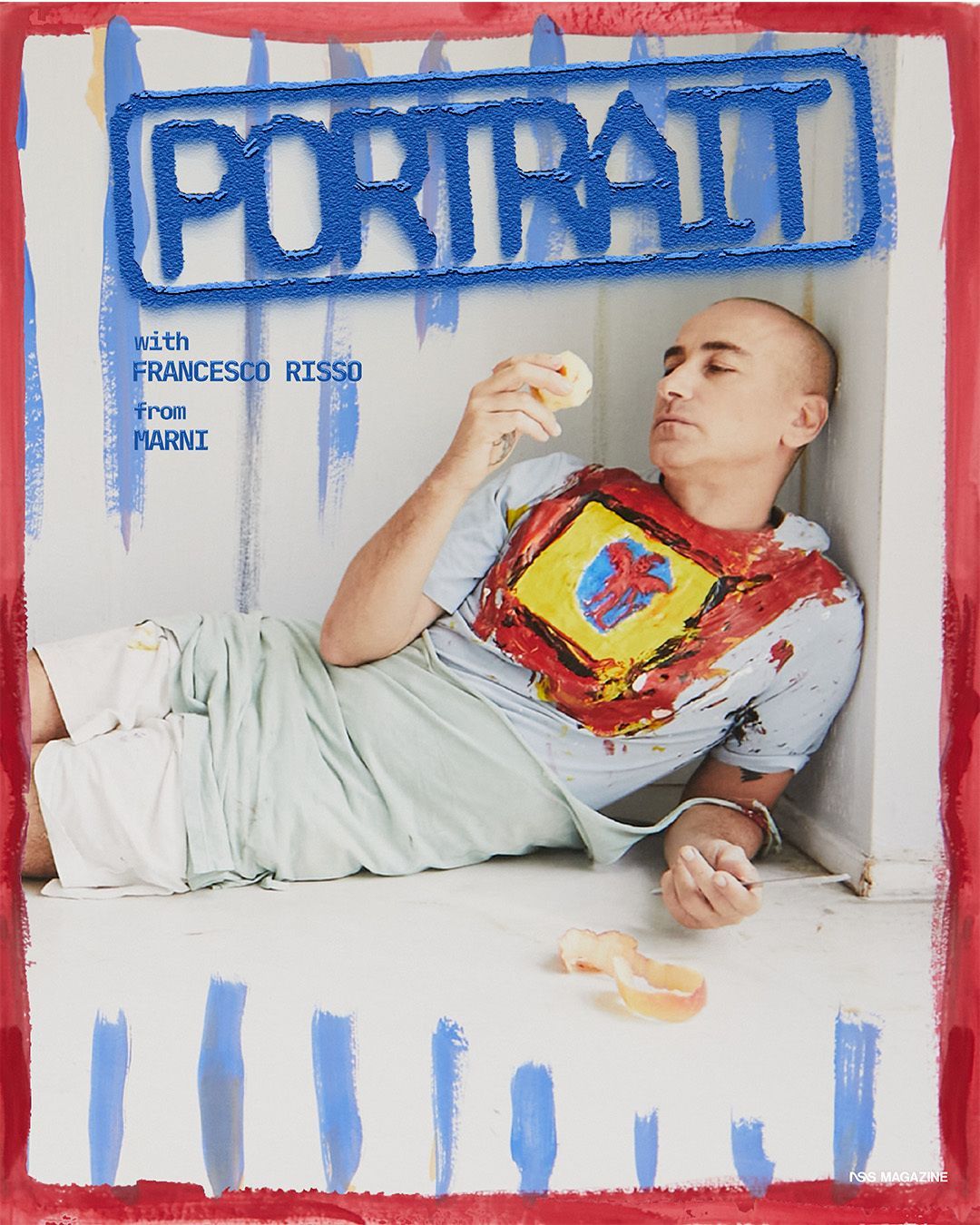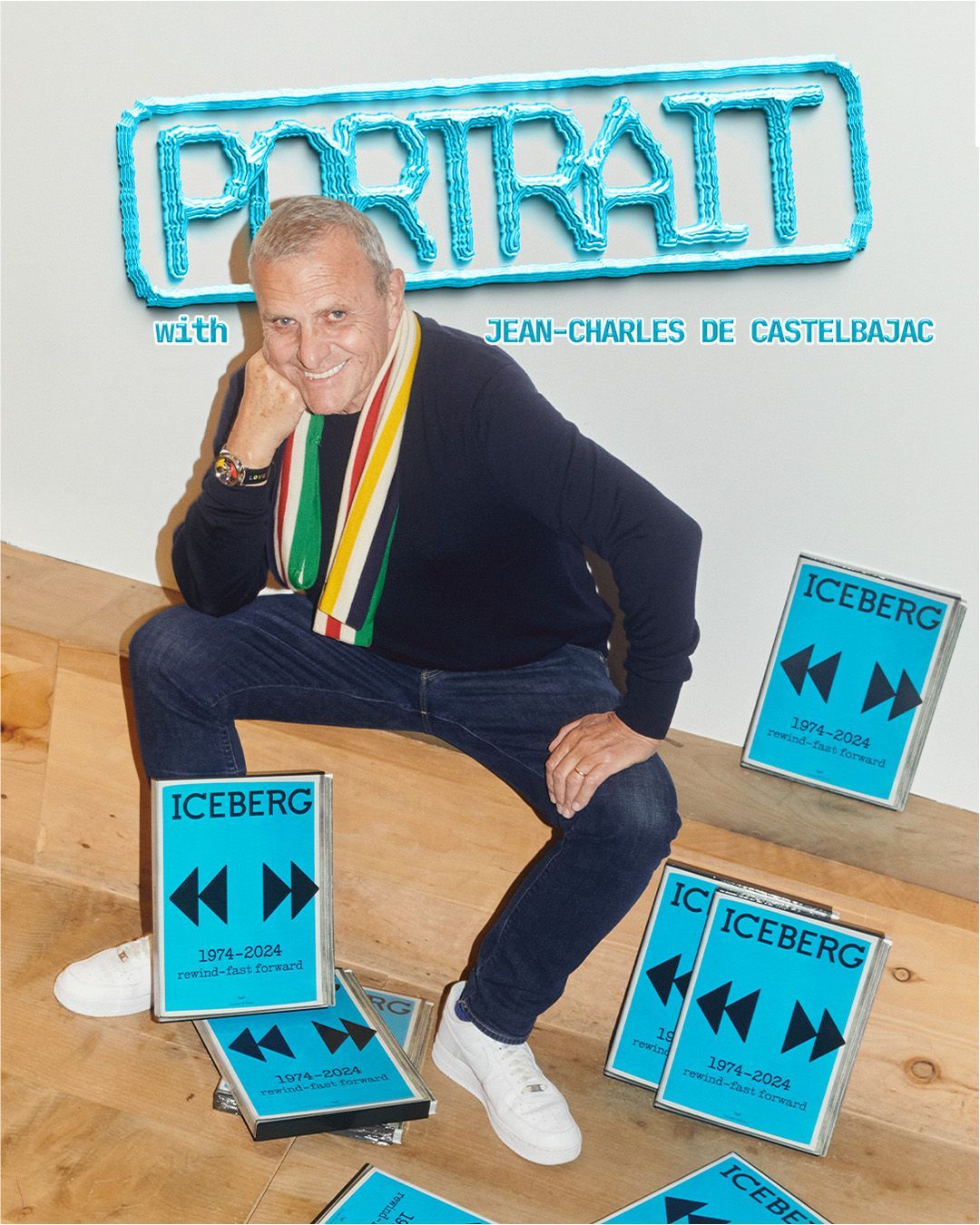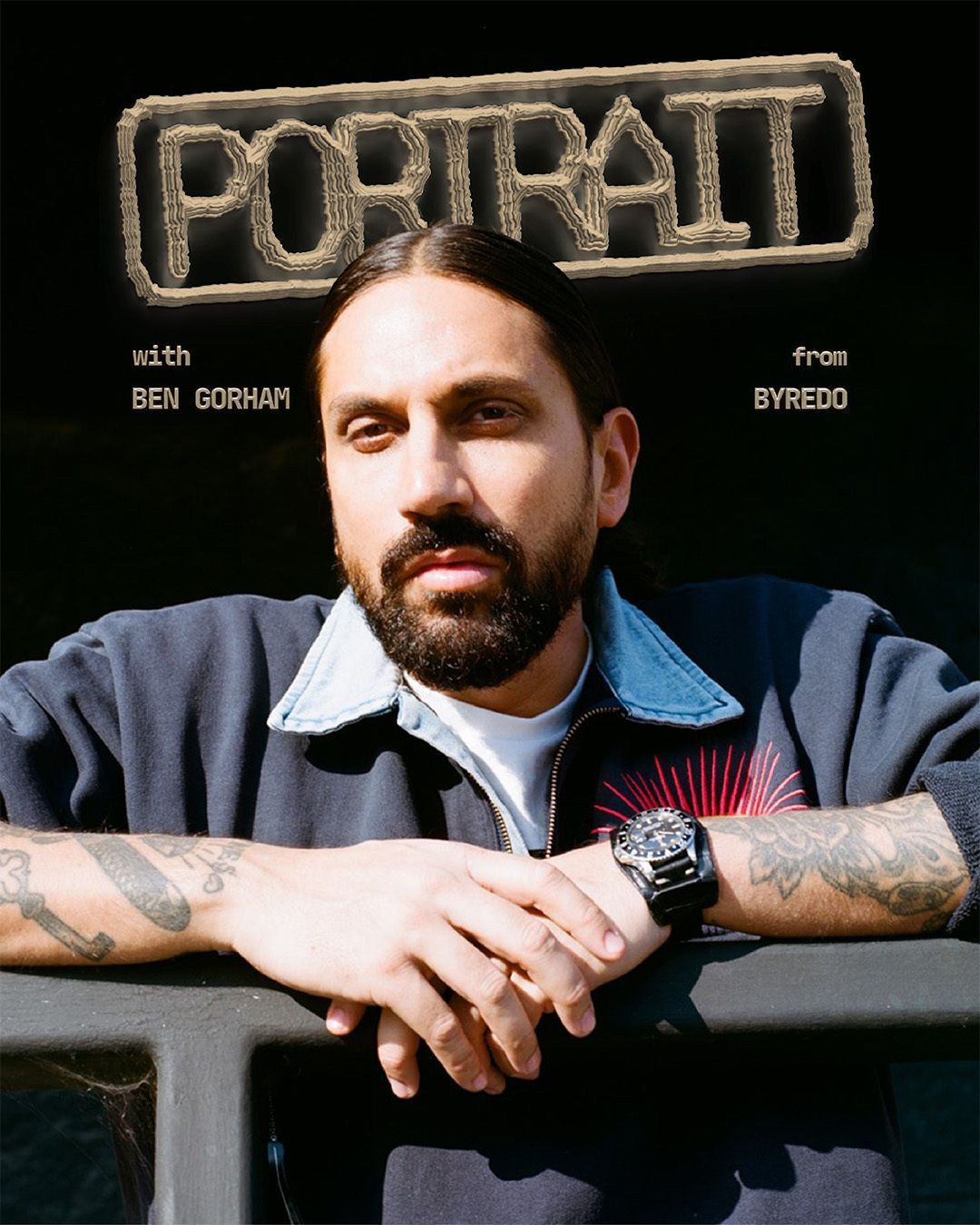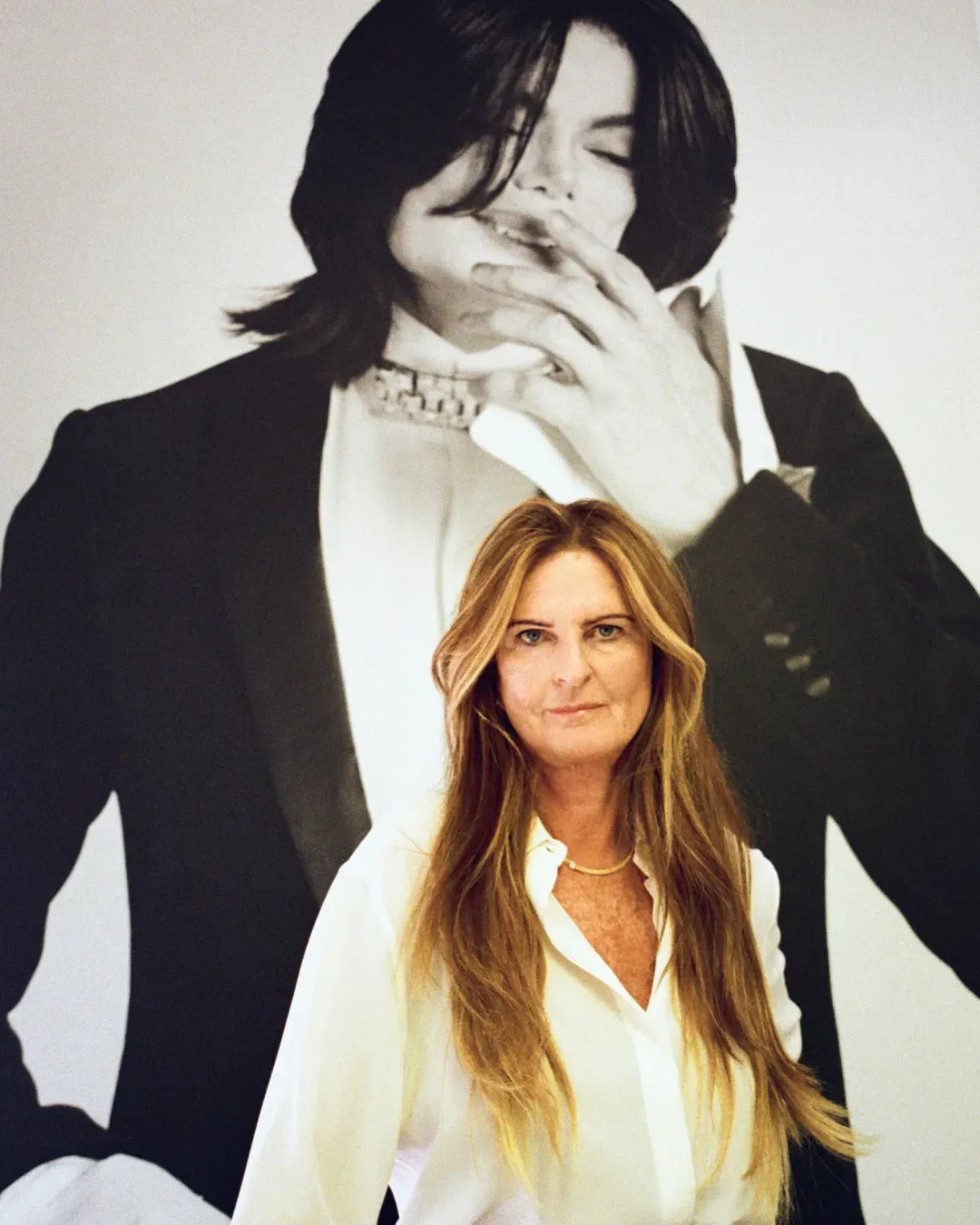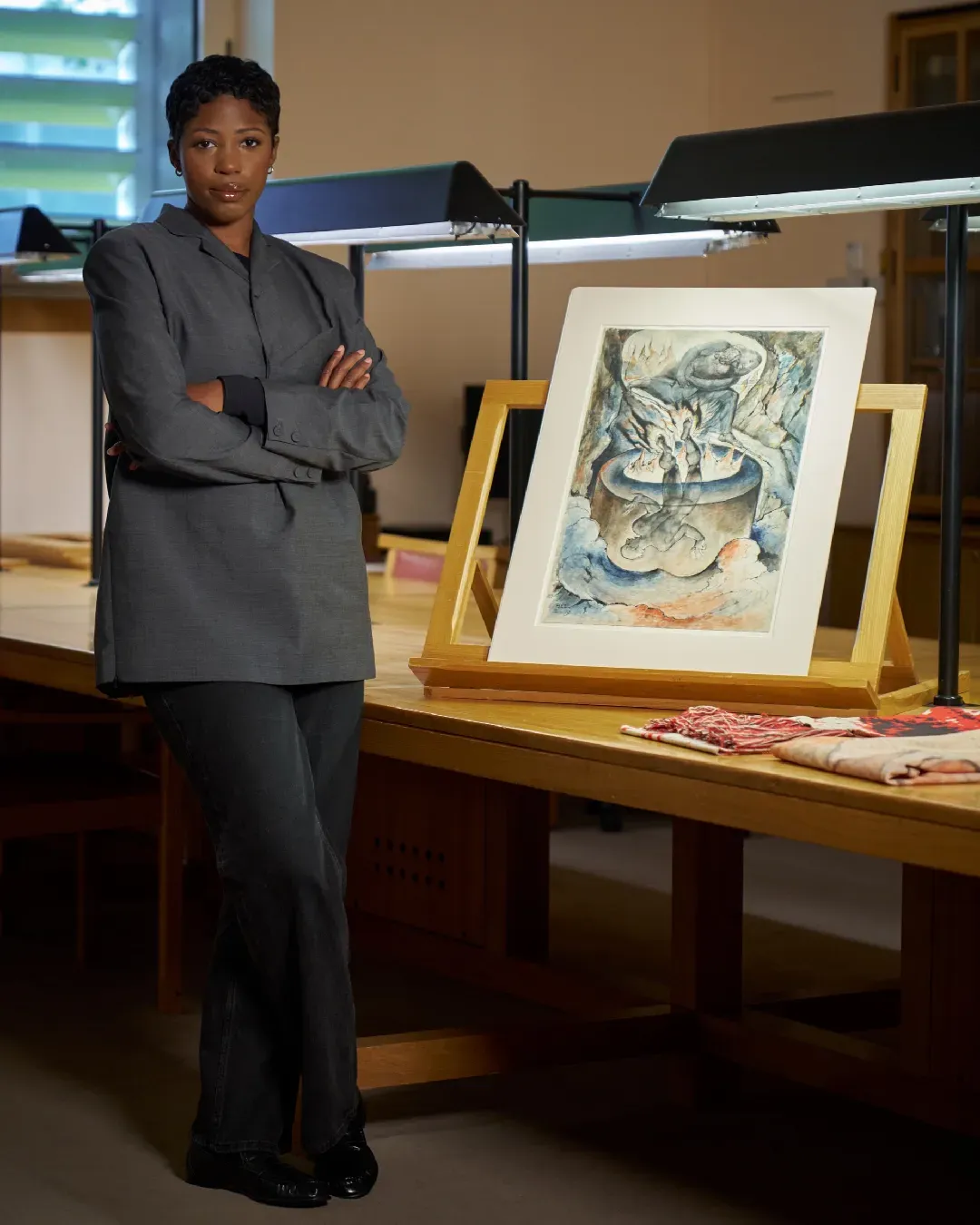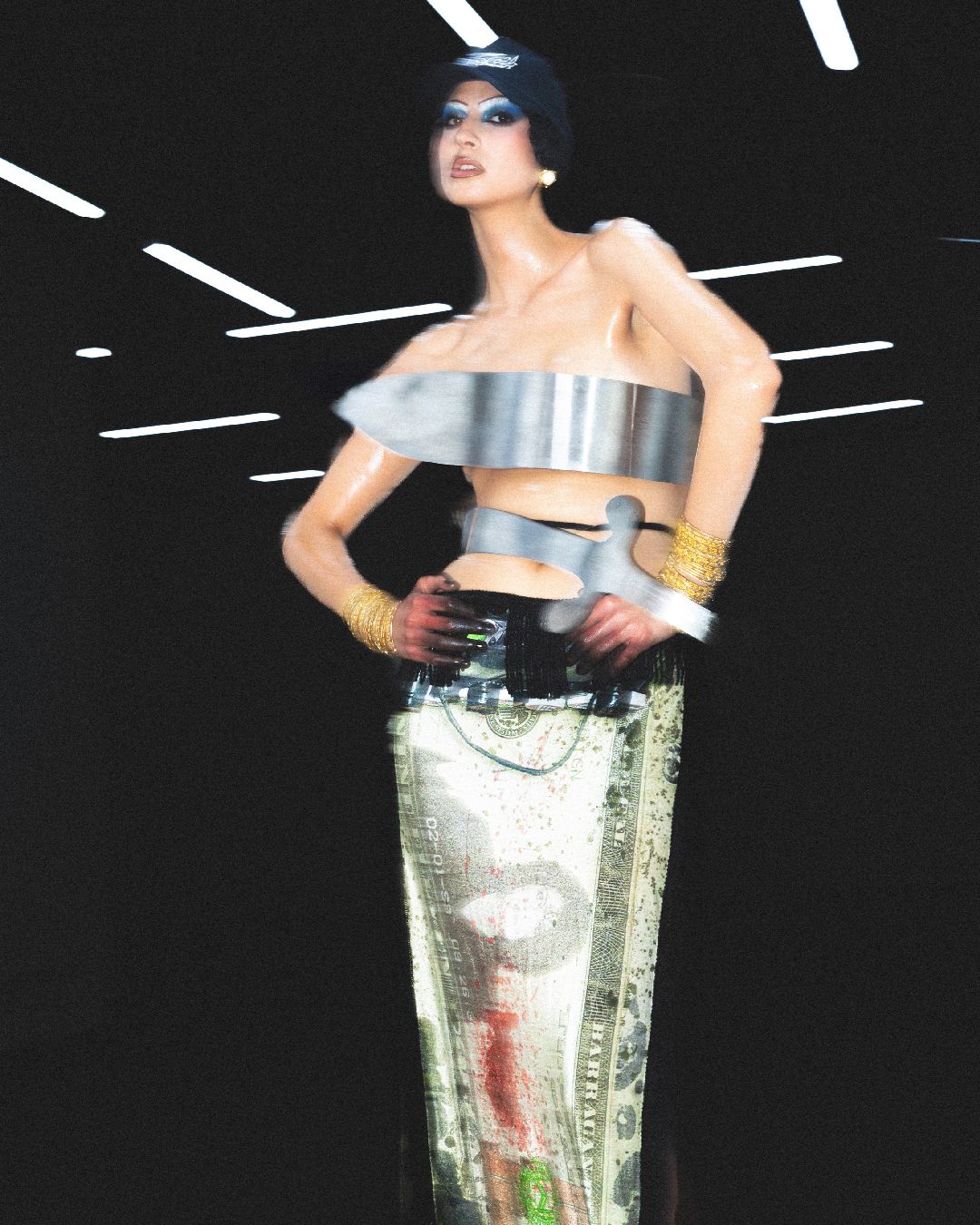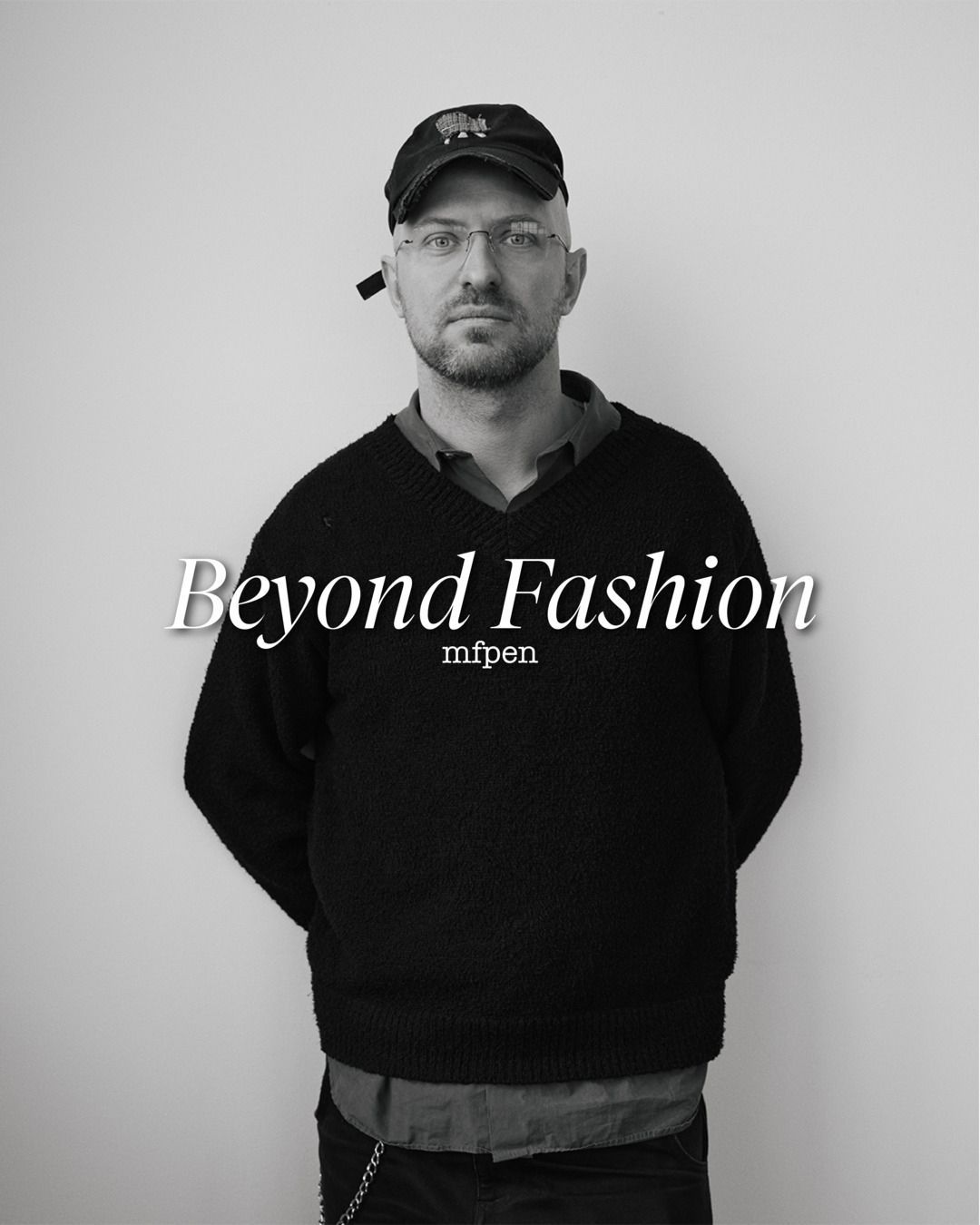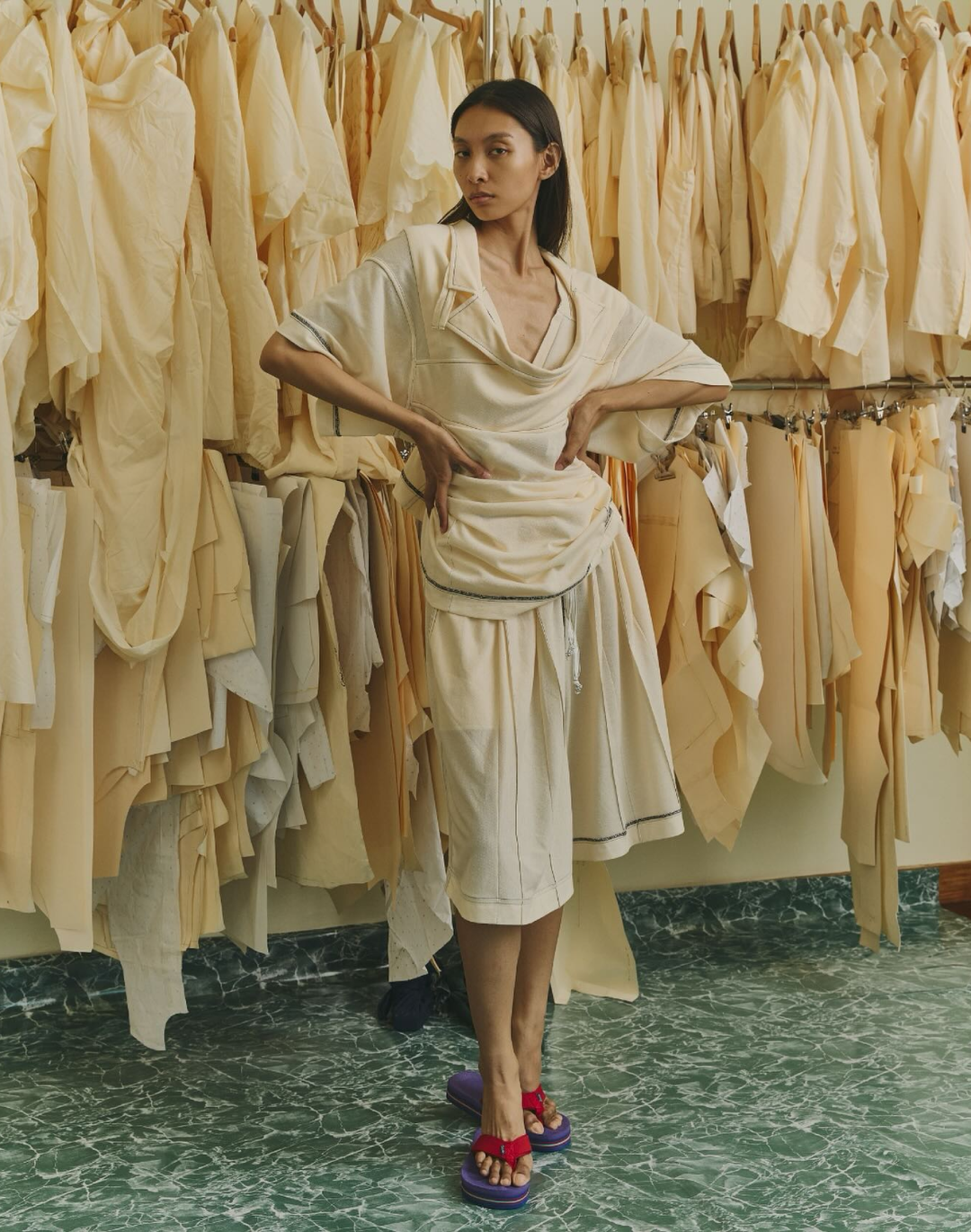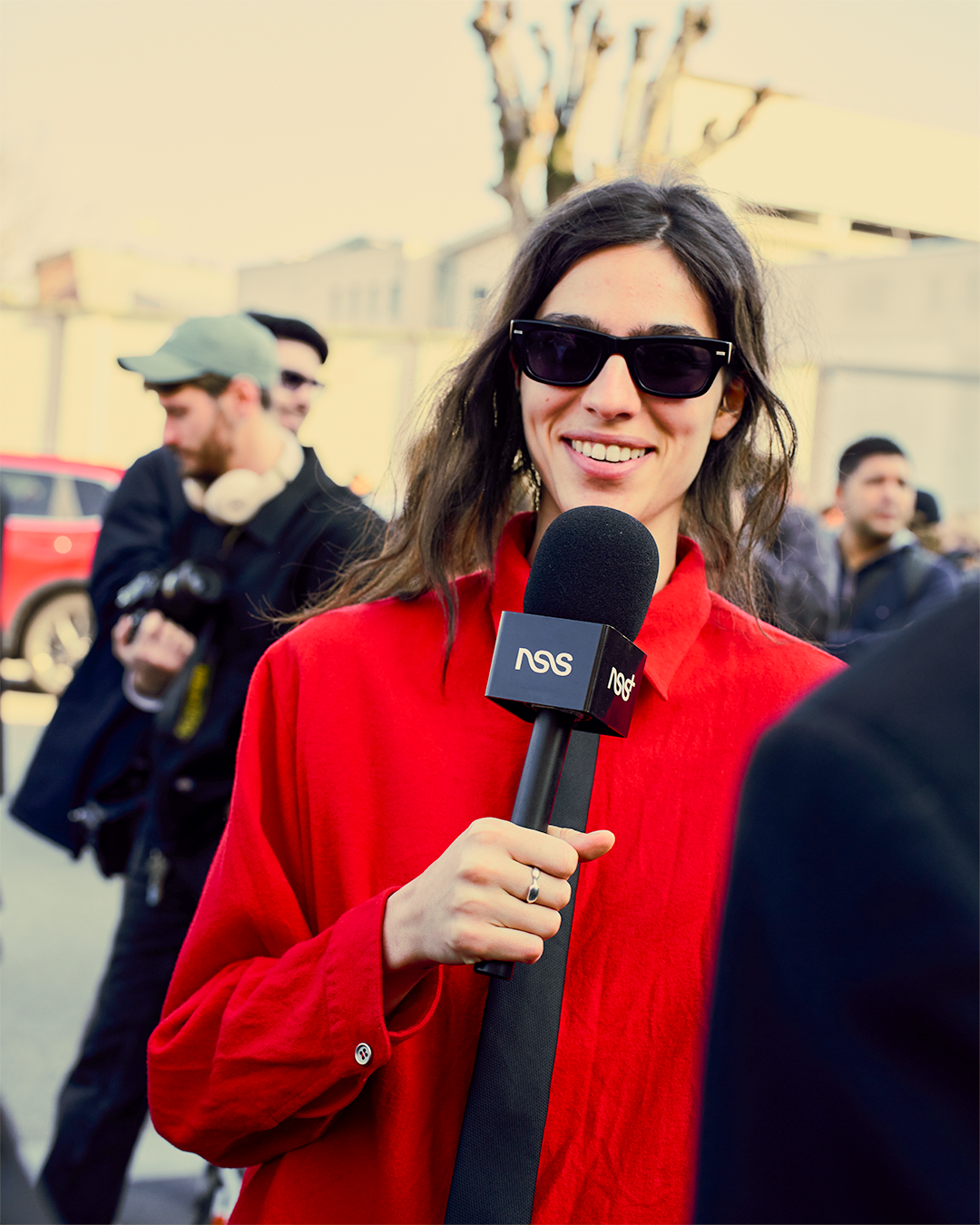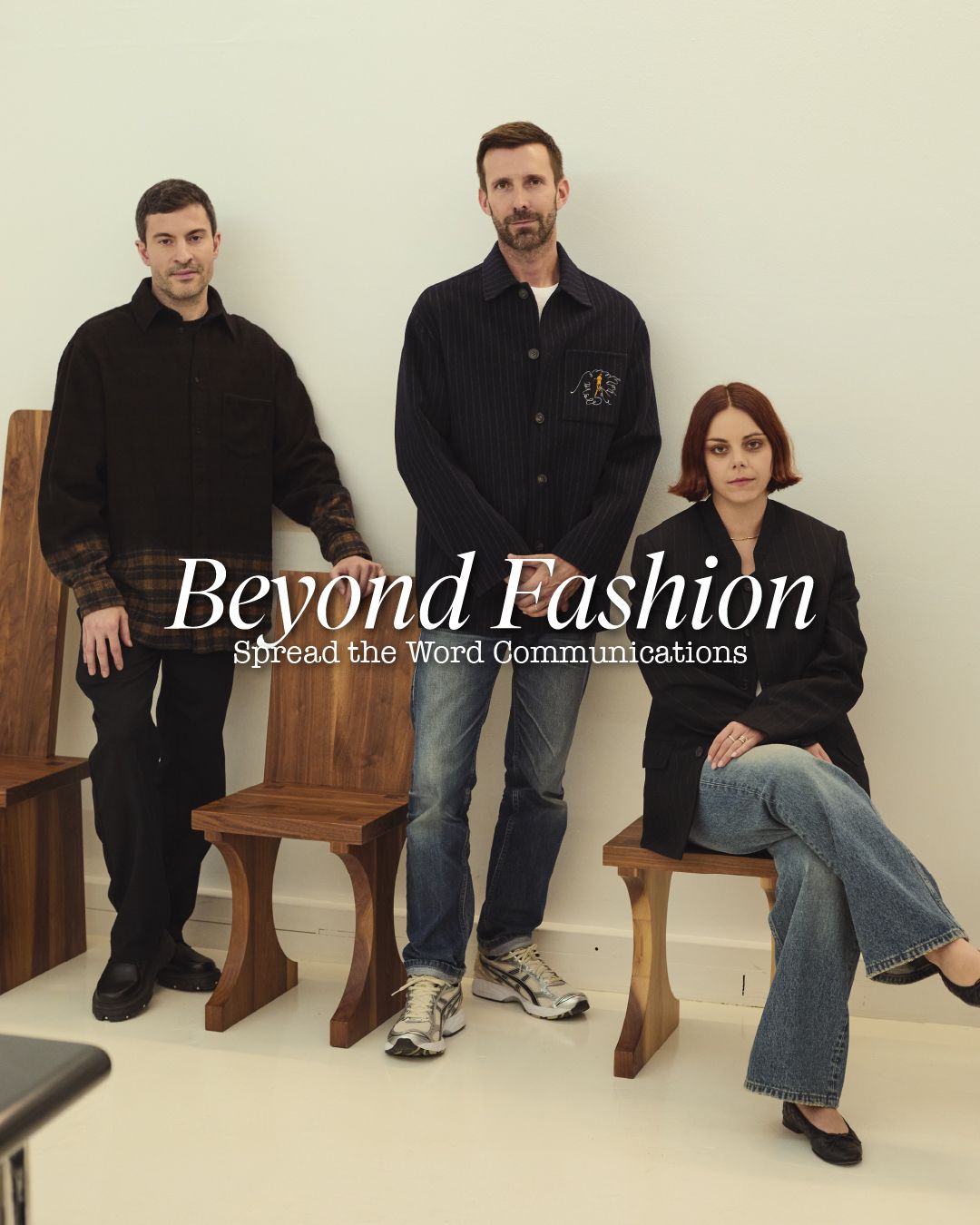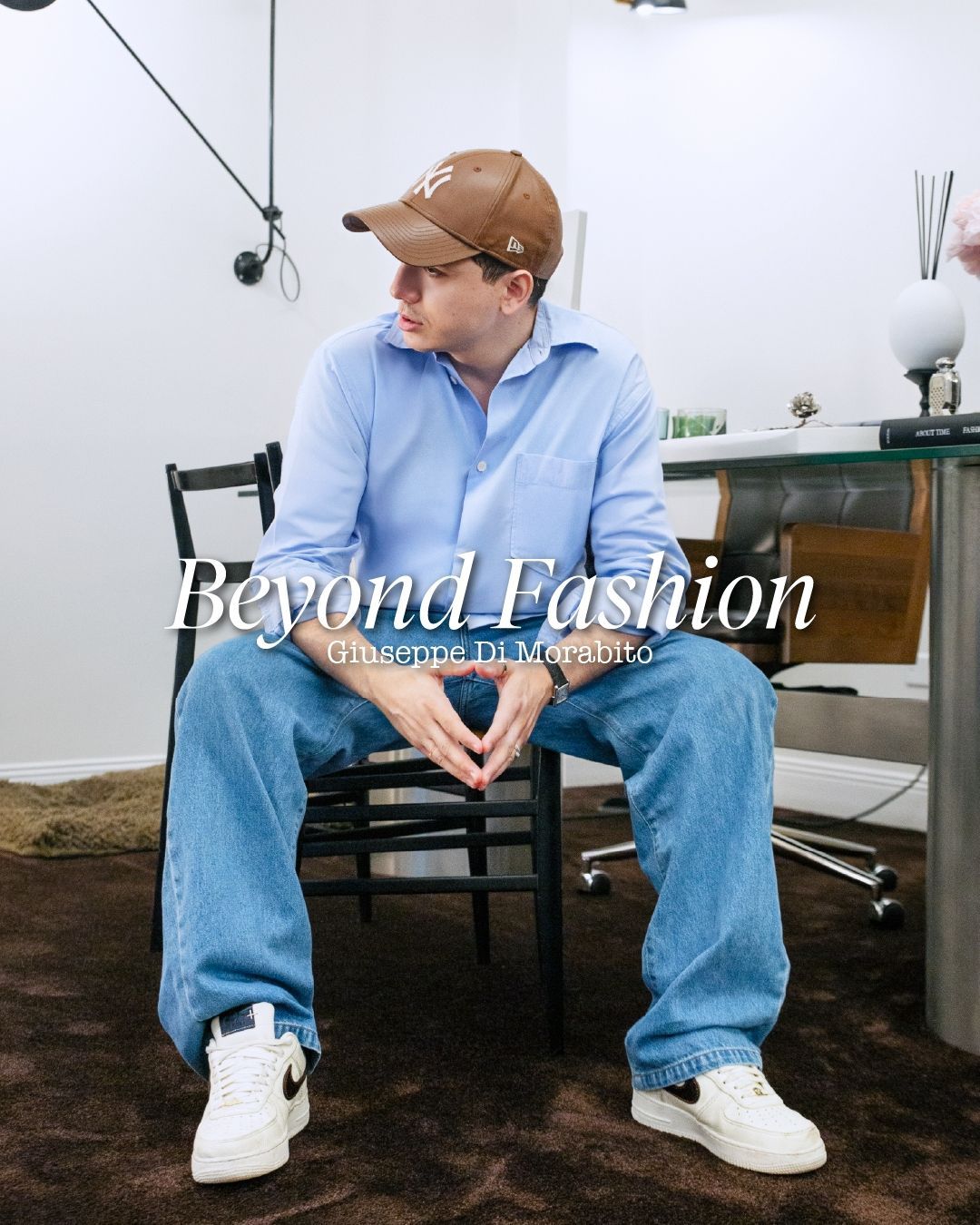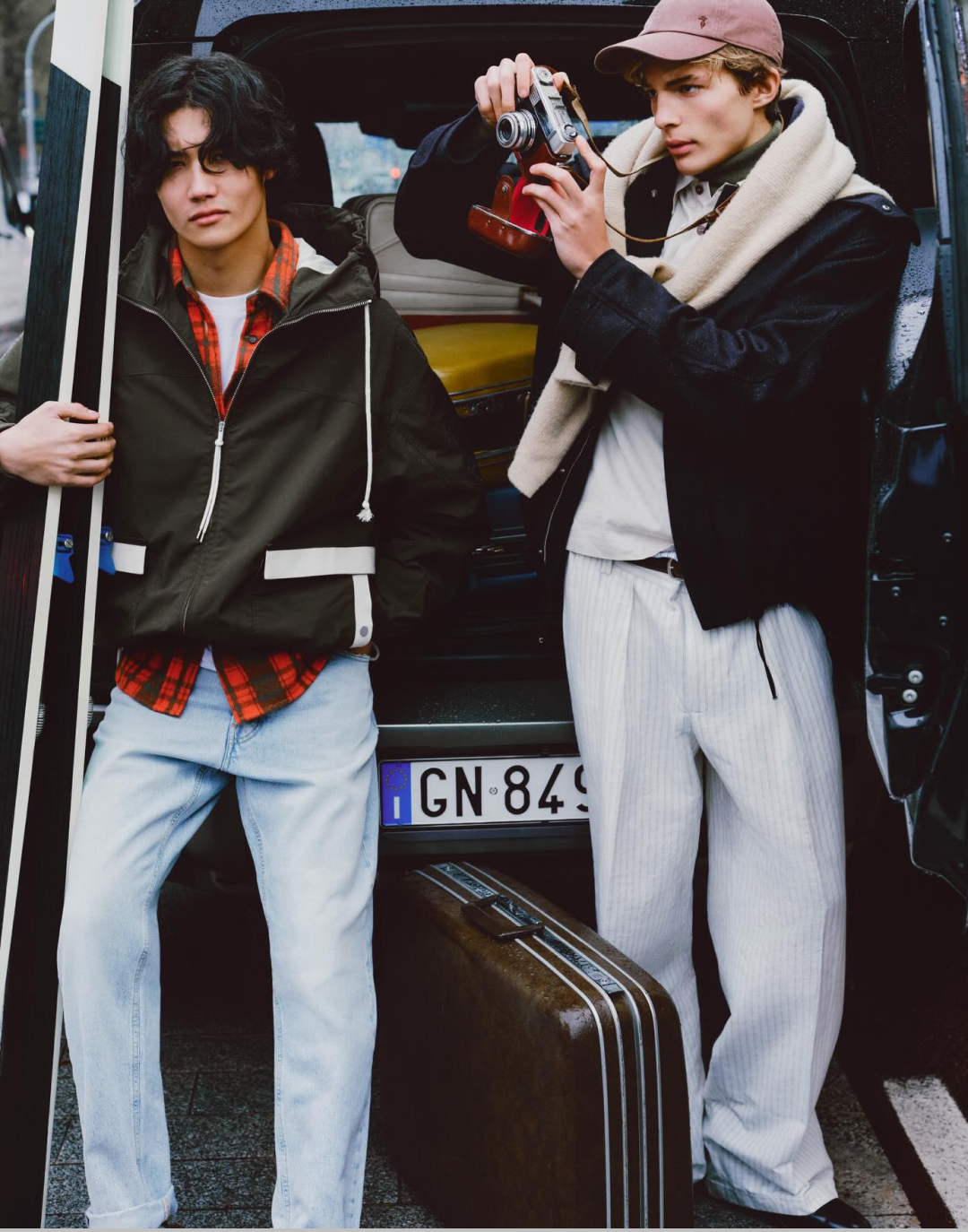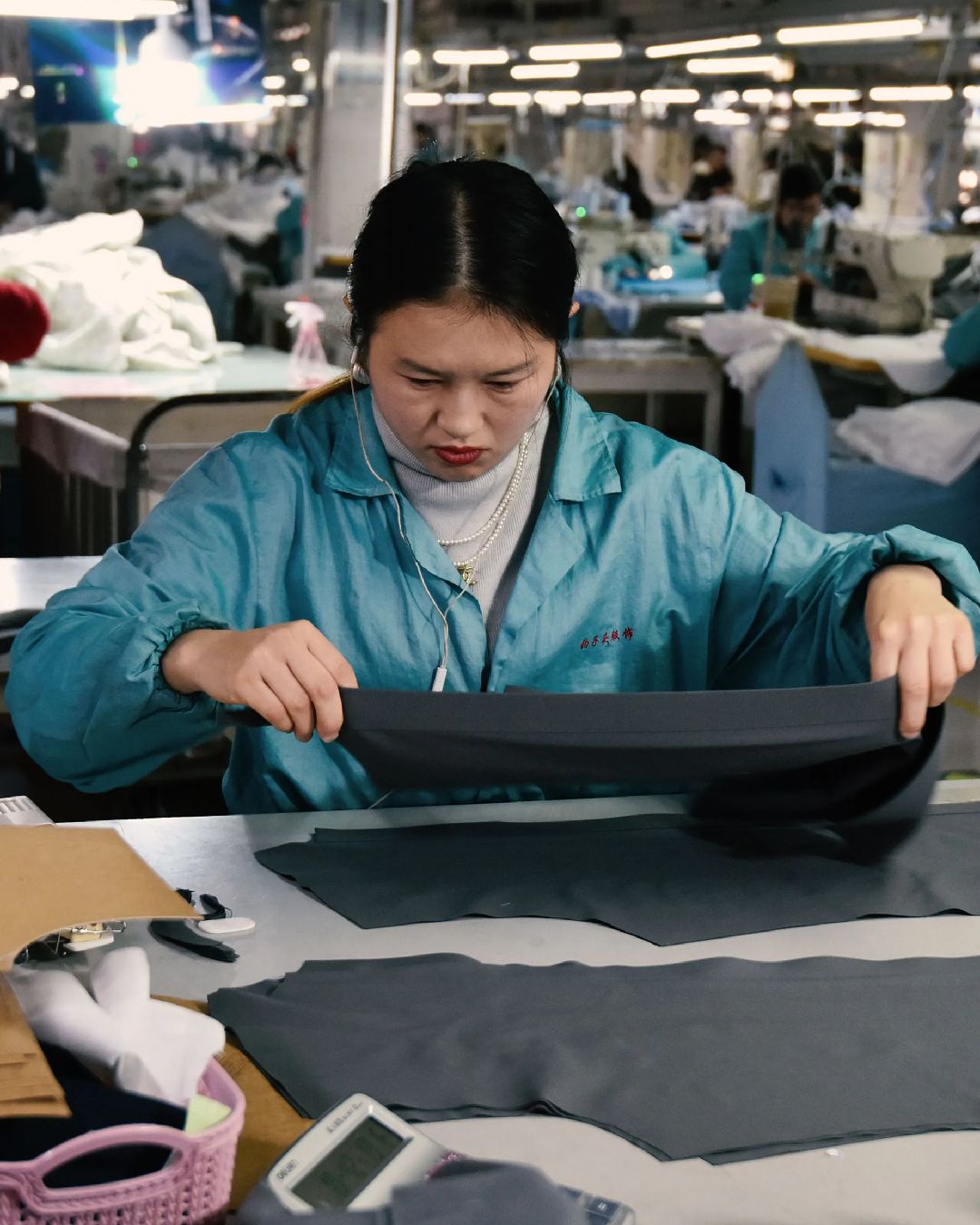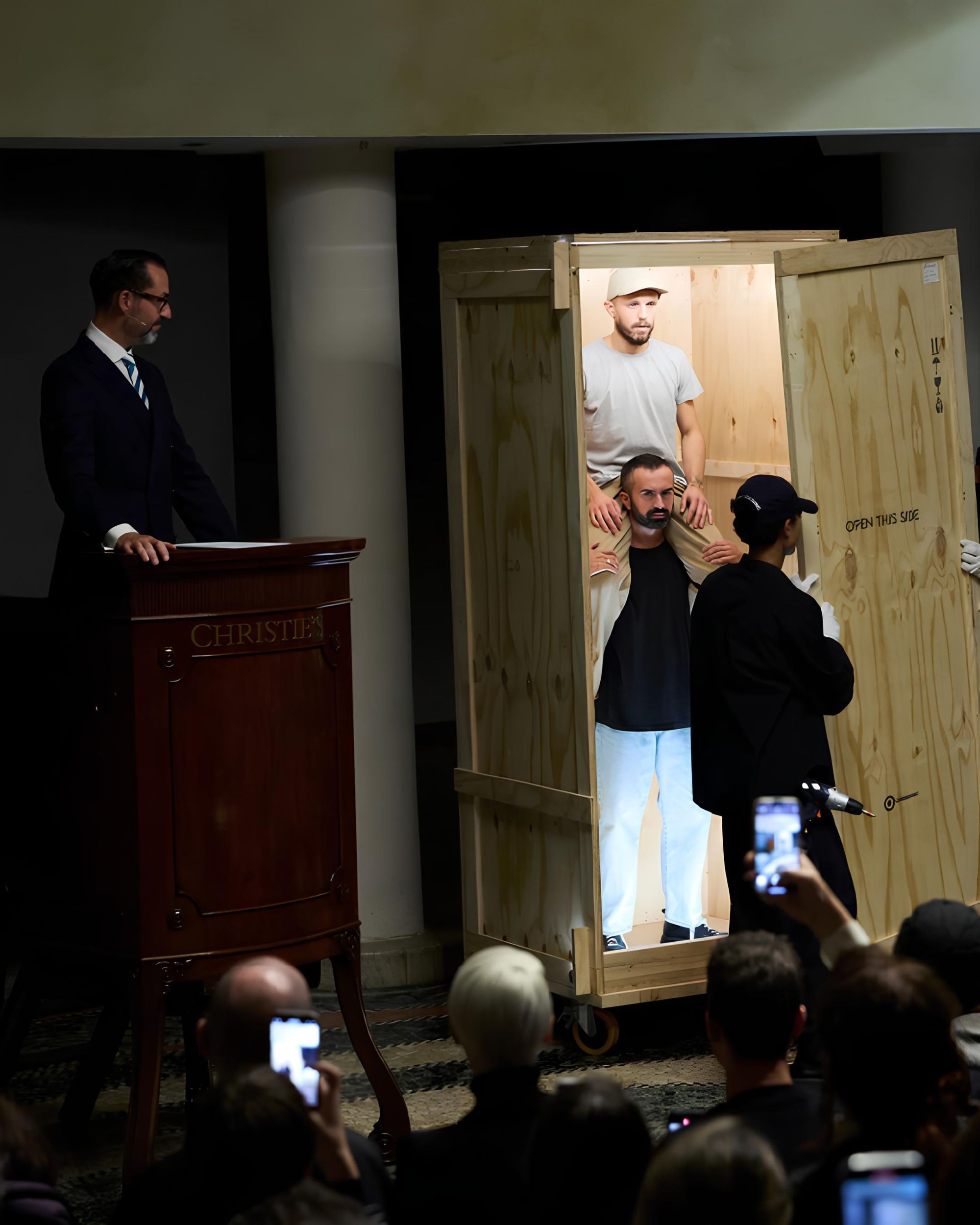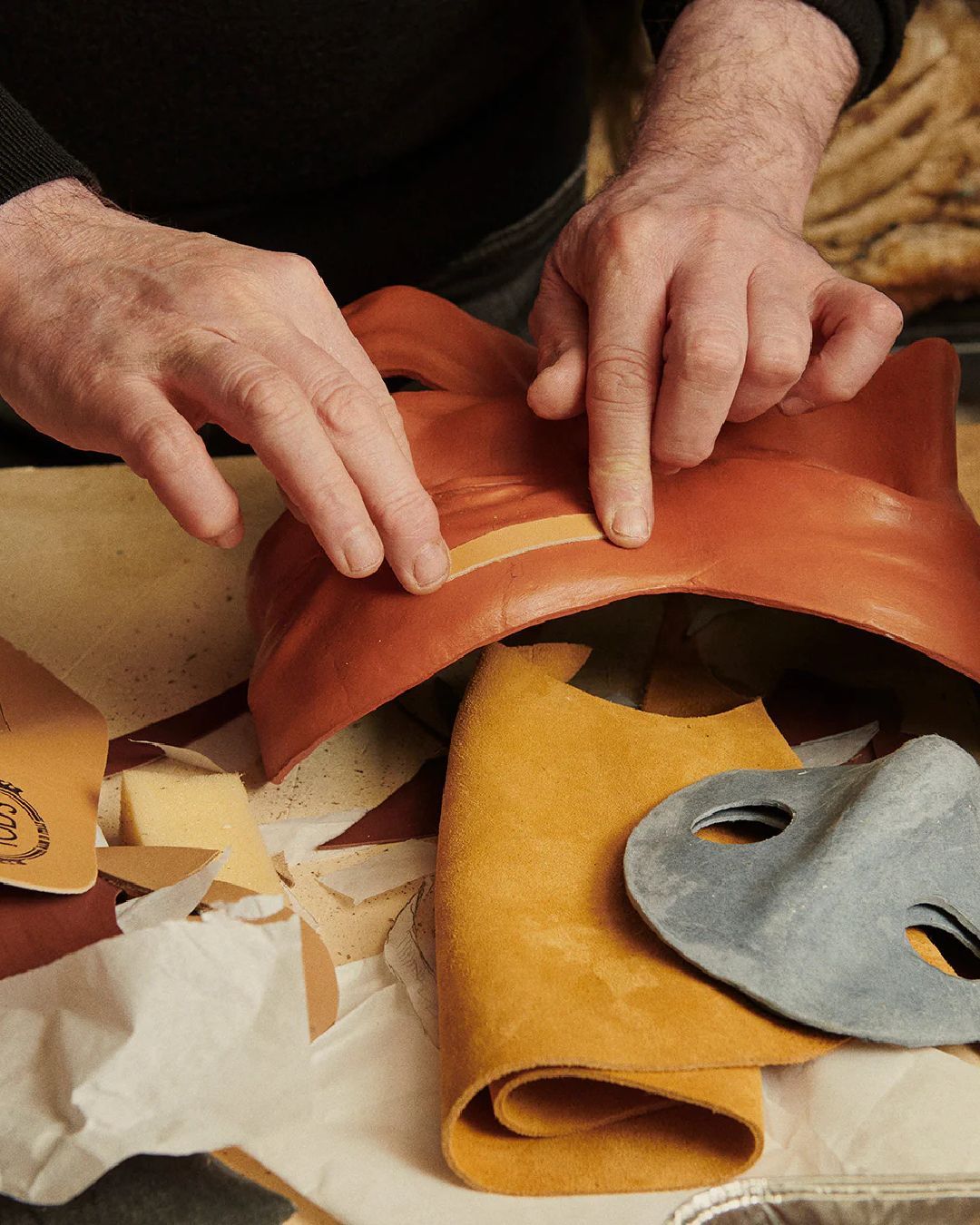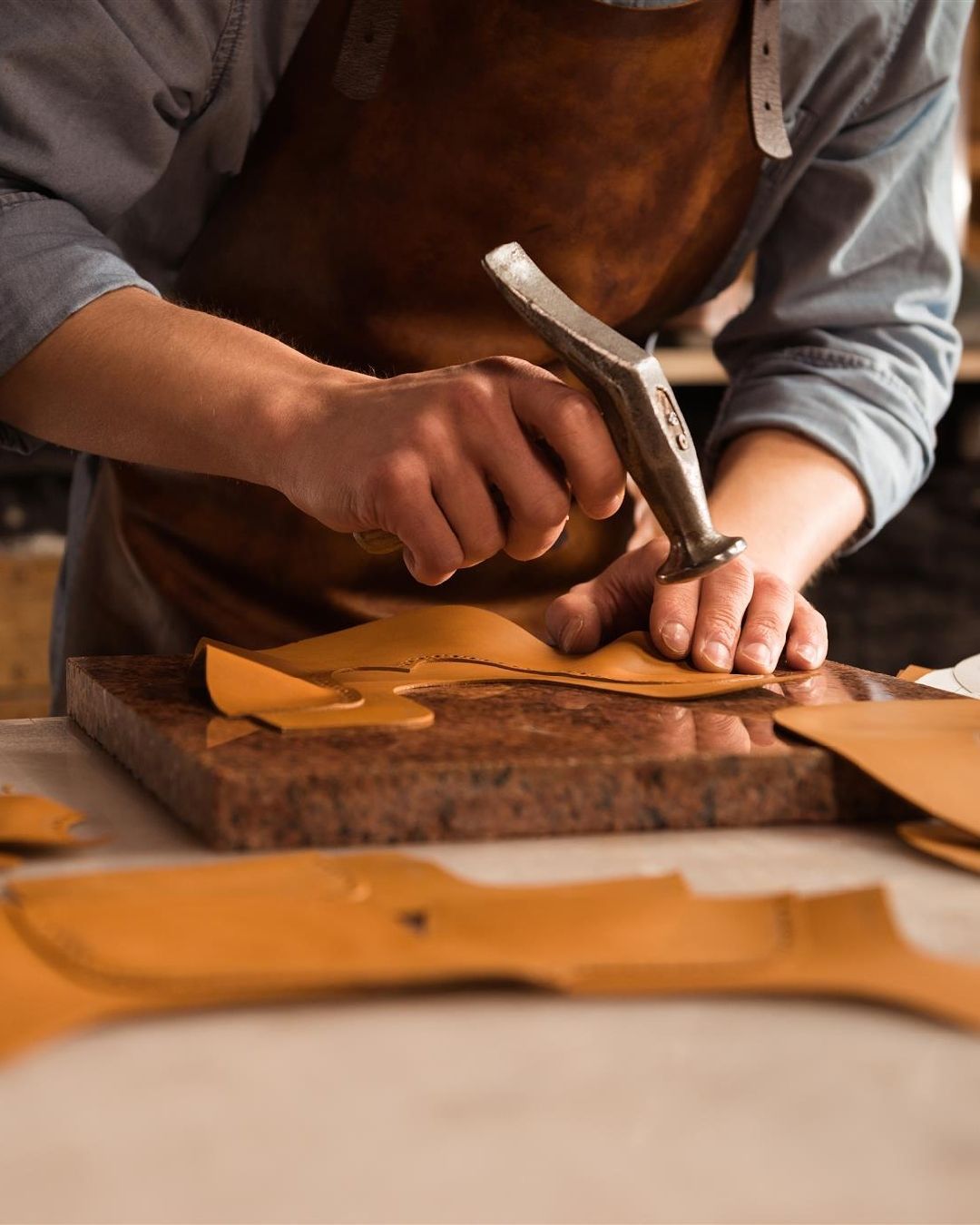
Why is there such a big gap in fashion between artisans and creatives? Fashion has put aside manufacturing
Images are misleading and unsafe. Who knows how many people on Instagram tell a fake story of knowledge through the abuse of frames whose meaning they themselves do not know but exploit their connotations to elevate their own cultural status. In the experience economy, sales happen primarily through emotions rather than through intellectual work or the intrinsic value of the product. The image is the medium, and the medium is the product. We increasingly forget that the fashion universe should be governed by objects first and foremost, not by images. But why does such a wide gap exist between artisans and those who work with images in fashion today? Brands that simultaneously produce both images and products now seem to have set aside manufacturing. Just think of the endless studies conducted during design, where the main focus is on how the clothing item will appear in e-commerce images. Here’s the flip side of the coin: artisans, too, are reduced to an image—perfect for advertising campaigns but far less useful than one might think—while their knowledge is disappearing more and more each day and is not being passed on to new generations.
The gap between artisans and those who communicate through images is immense, both in terms of gratification and simple remuneration. In reality, these two worlds hardly know each other or communicate. It is common to hear photographers or image directors working on campaigns for objects without knowing where they come from or the challenges they entail, amid closed production districts that have been stagnant for many years. Yet, in the old workshops, during the fourteen years of mandatory apprenticeship required to become a master, the phases of hands-on creation, communication, and customer relations were all part of the same professional journey. Otherwise, it was impossible to grasp the entirety and complexity of the craft. Today, art directors have very little knowledge of how a shoe is made—a lack of awareness that further amplifies the phenomenon of the abandonment of craftsmanship and the growing detachment of the system from the people who actually produce the products. Especially in this moment of crisis, fashion should look back to safeguard craftsmanship, which is increasingly struggling and rare—the very foundation of this system.
Before Covid, many trend forecasters like Li Edelkoort urged us to take action and return to technical construction knowledge to reclaim craftsmanship and appreciate and safeguard human creation, at the expense of the artificialization of the contemporary world. The solution could lie in a change in habits among industry professionals: before entering the world of fashion communication, any artistic or creative director should experience, even for a short time, direct work within a manufacturing company. Through workshops or hands-on experiences, away from centralized big capitals, the value of Italy’s productive realities could be rediscovered—often located in the country’s outskirts, in large and small industrial districts that still represent a great asset to the industry. Perhaps then, the perspective of creatives would also change, as would the way they narrate the object of desire. No longer just an echo of indistinct images, always the same, devoid of soul, but a voice capable of restoring nuance, of breaking the inertia of advertising campaigns that, in their monotonous uniformity, now slip by without leaving a trace.



